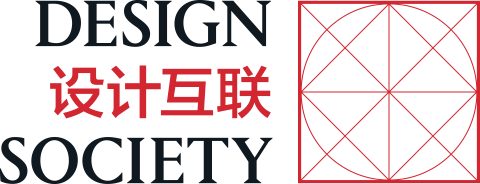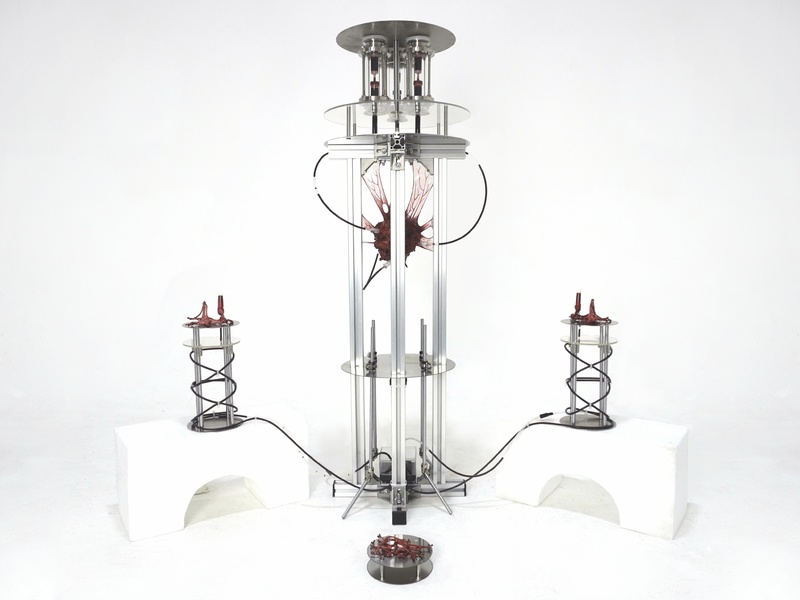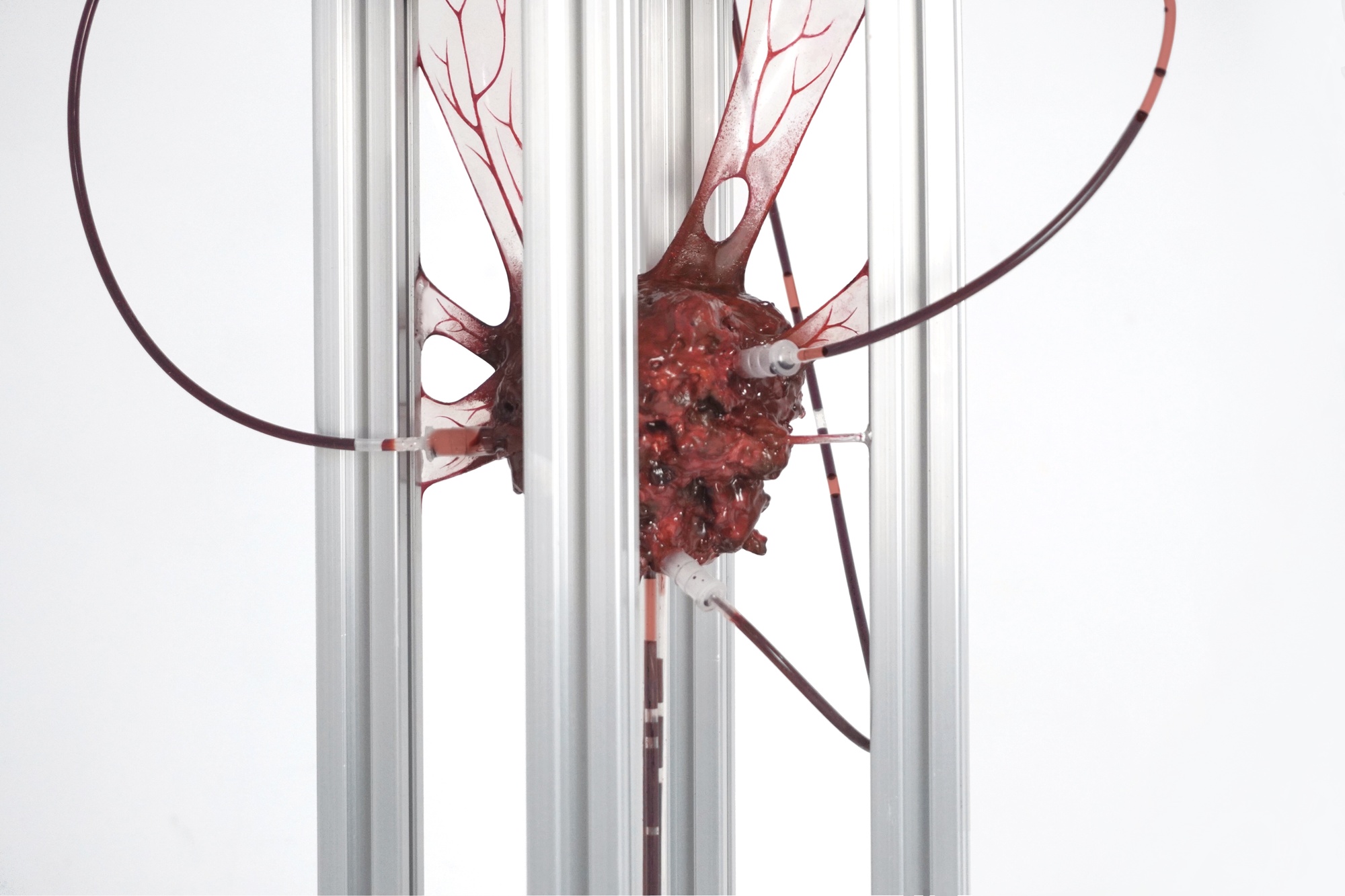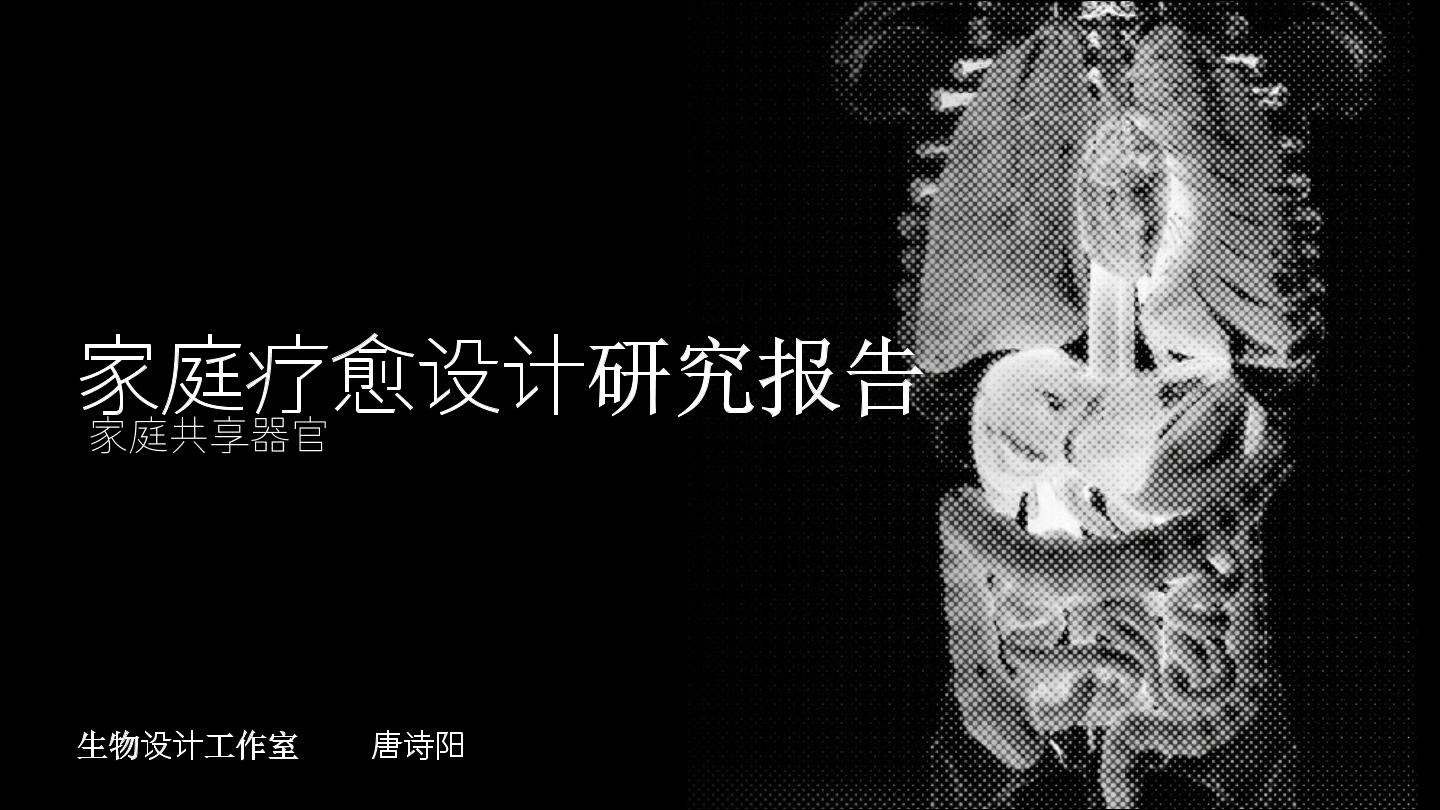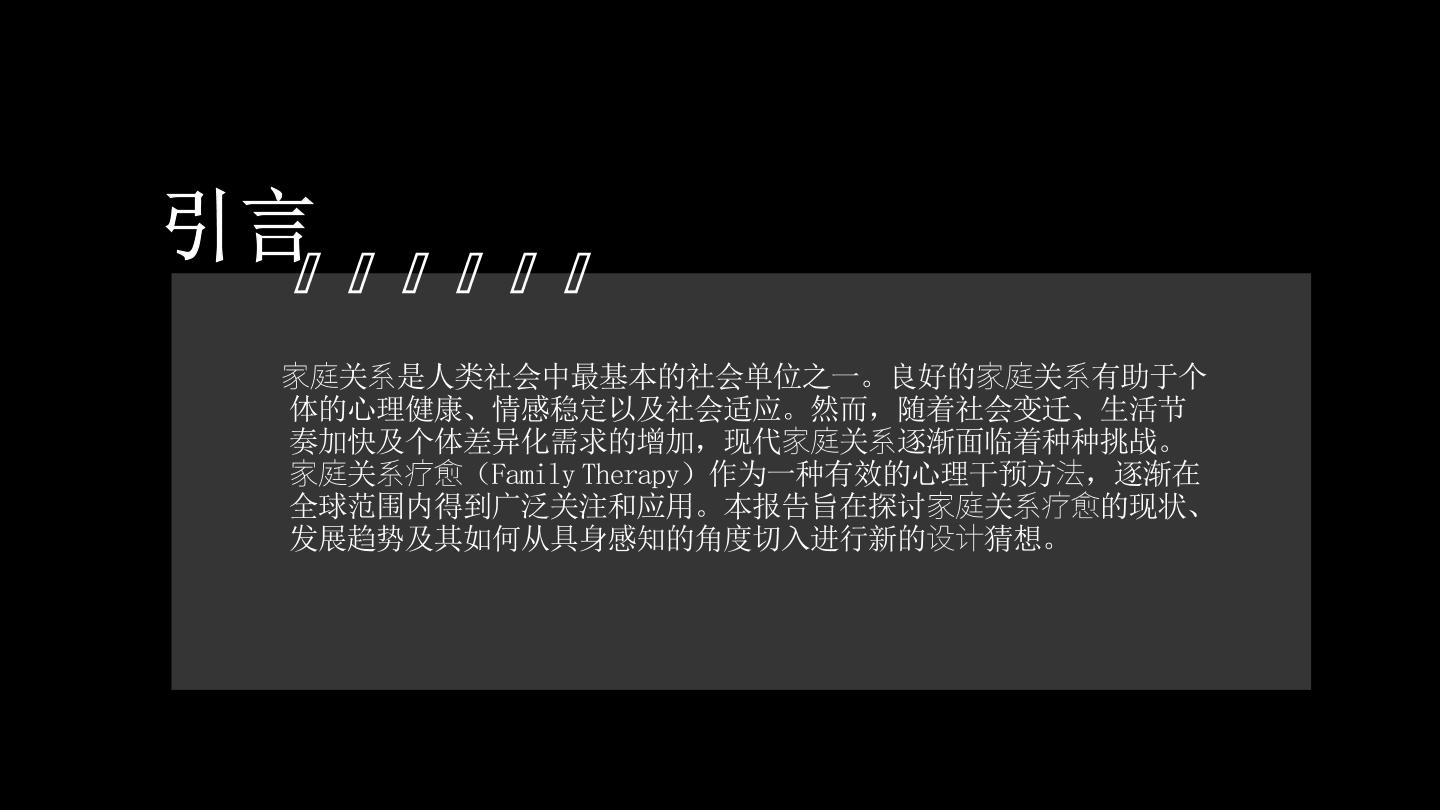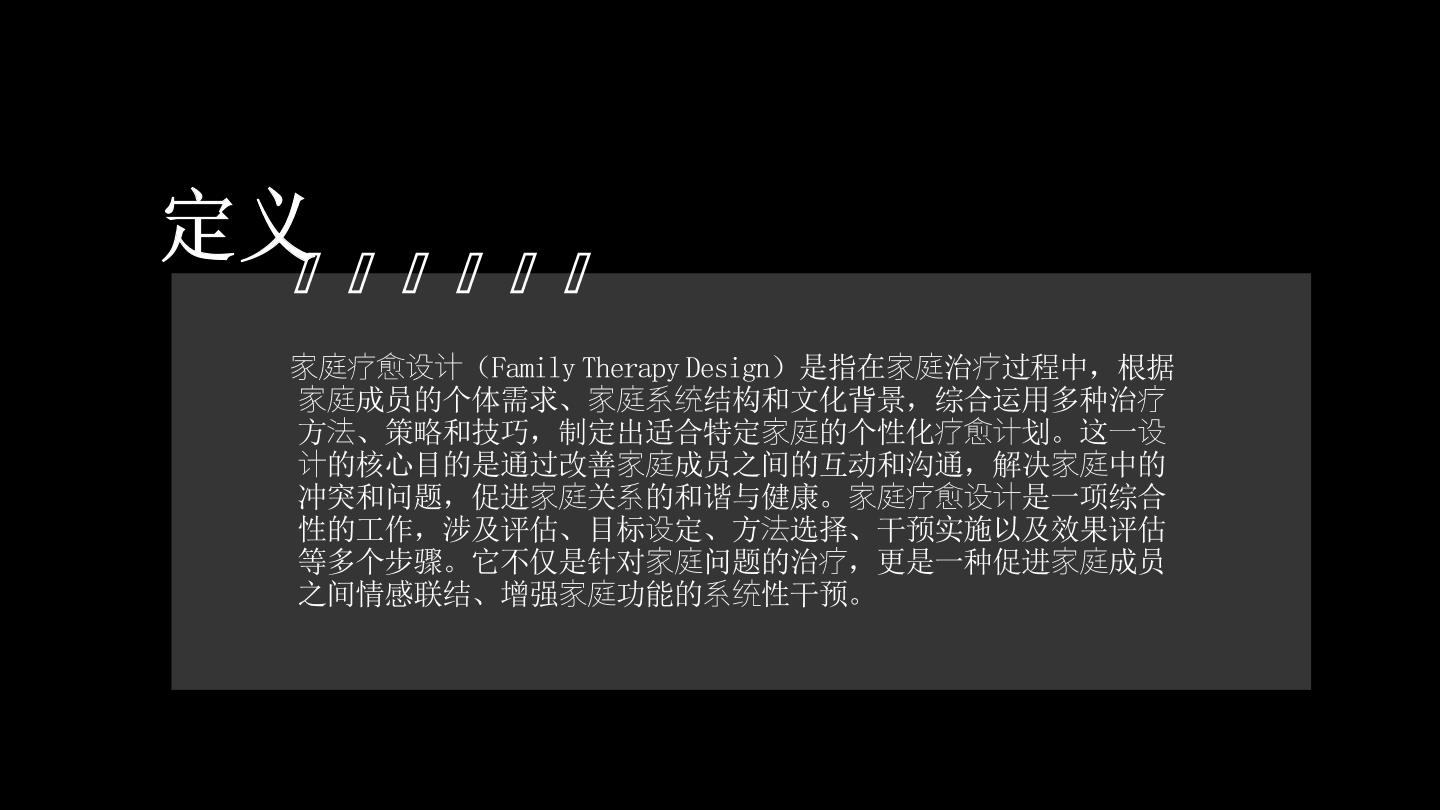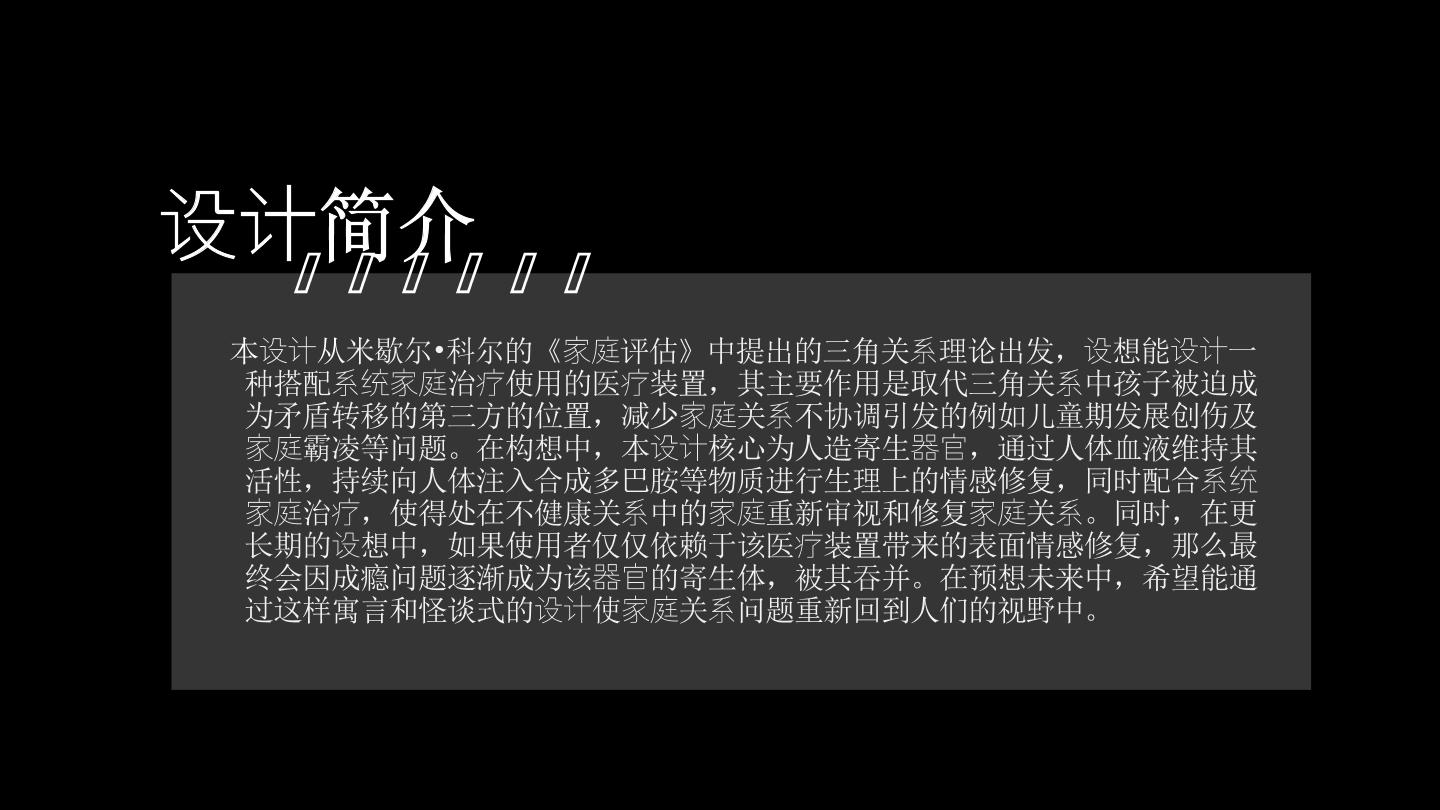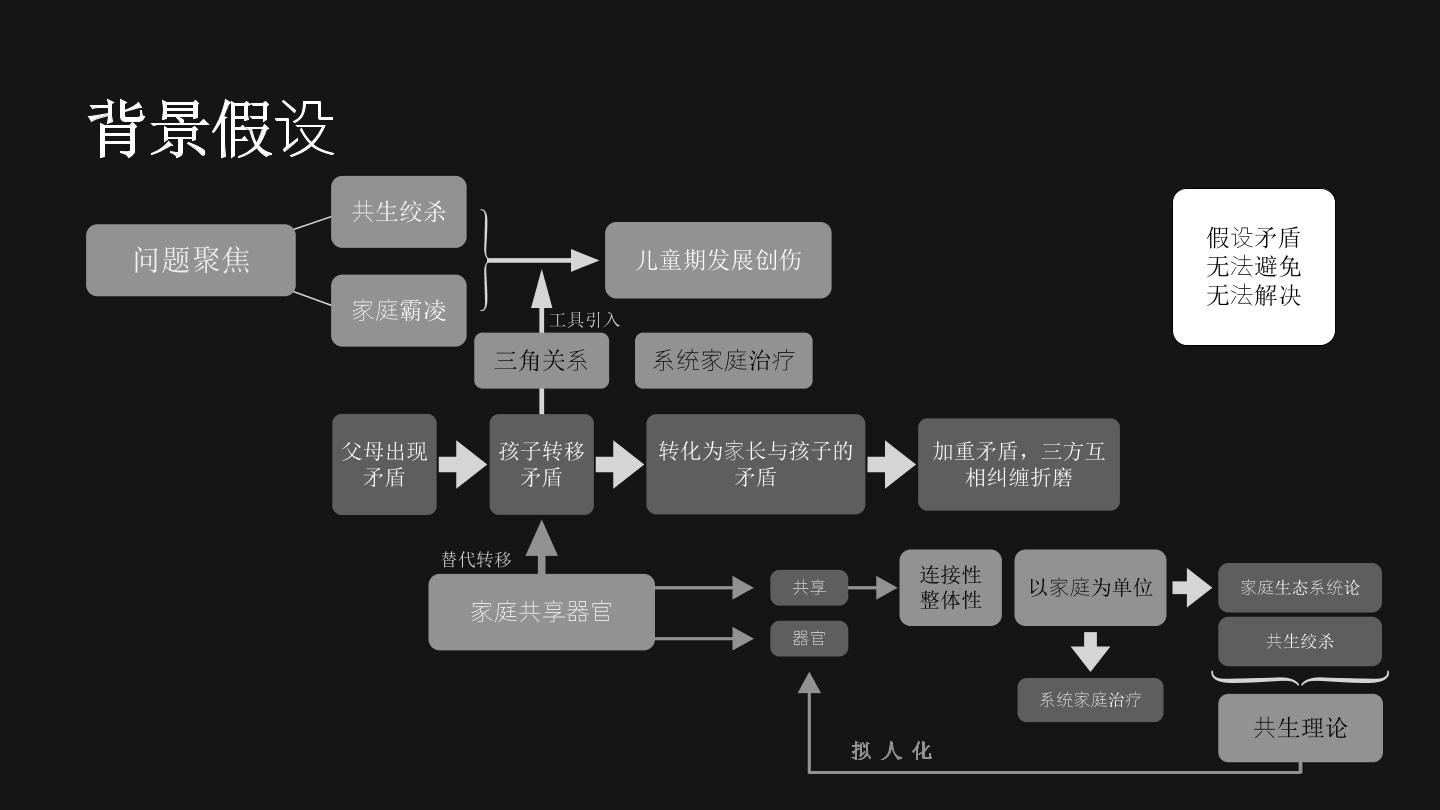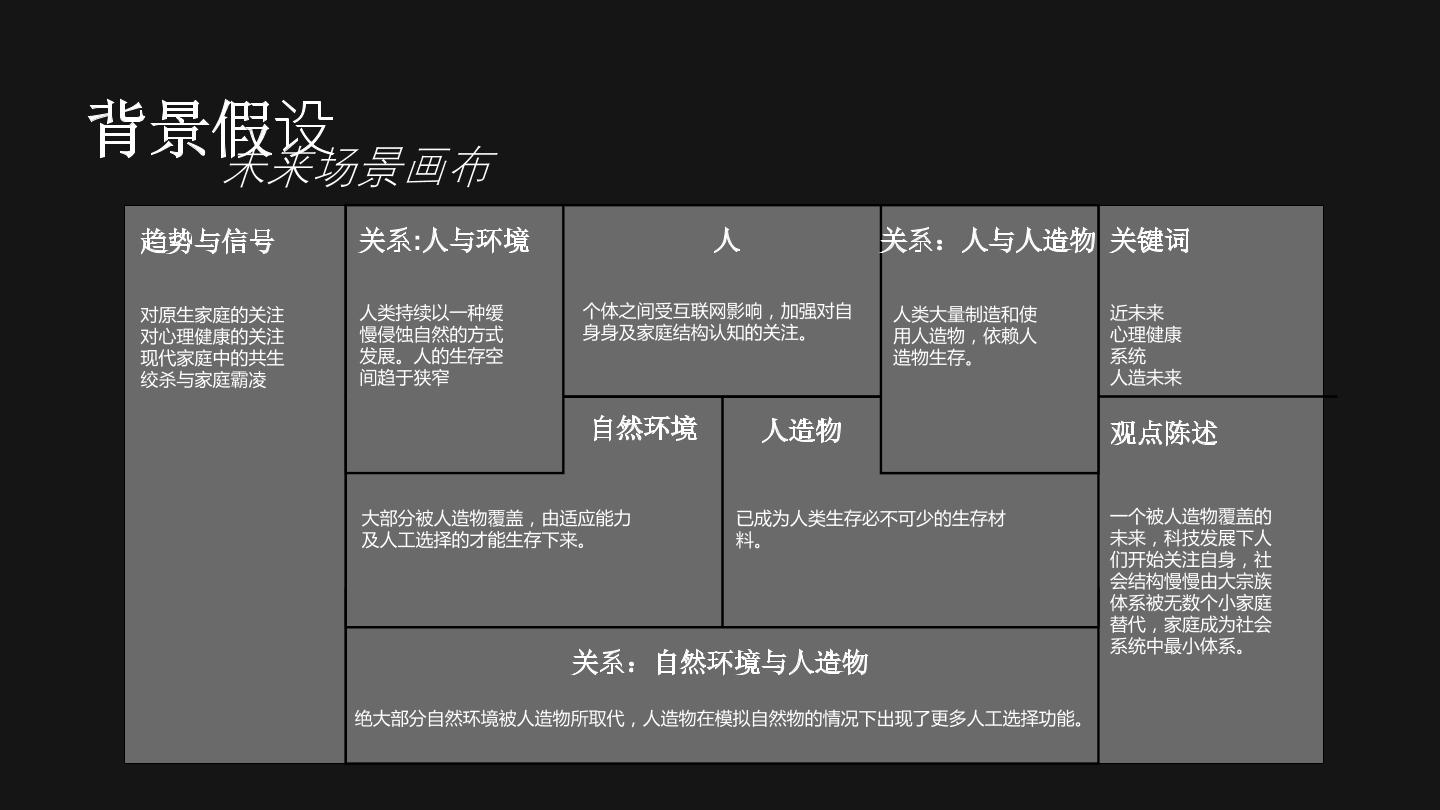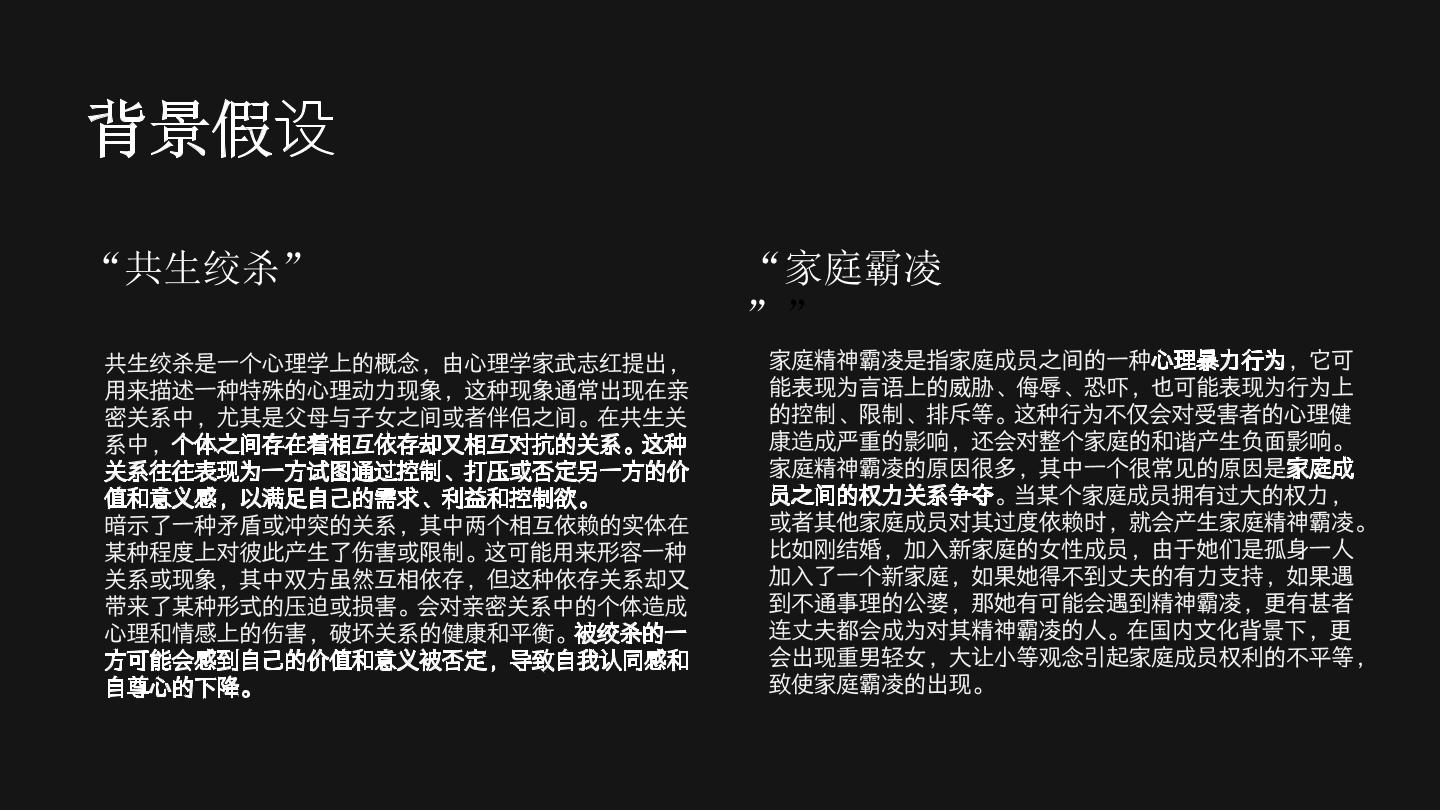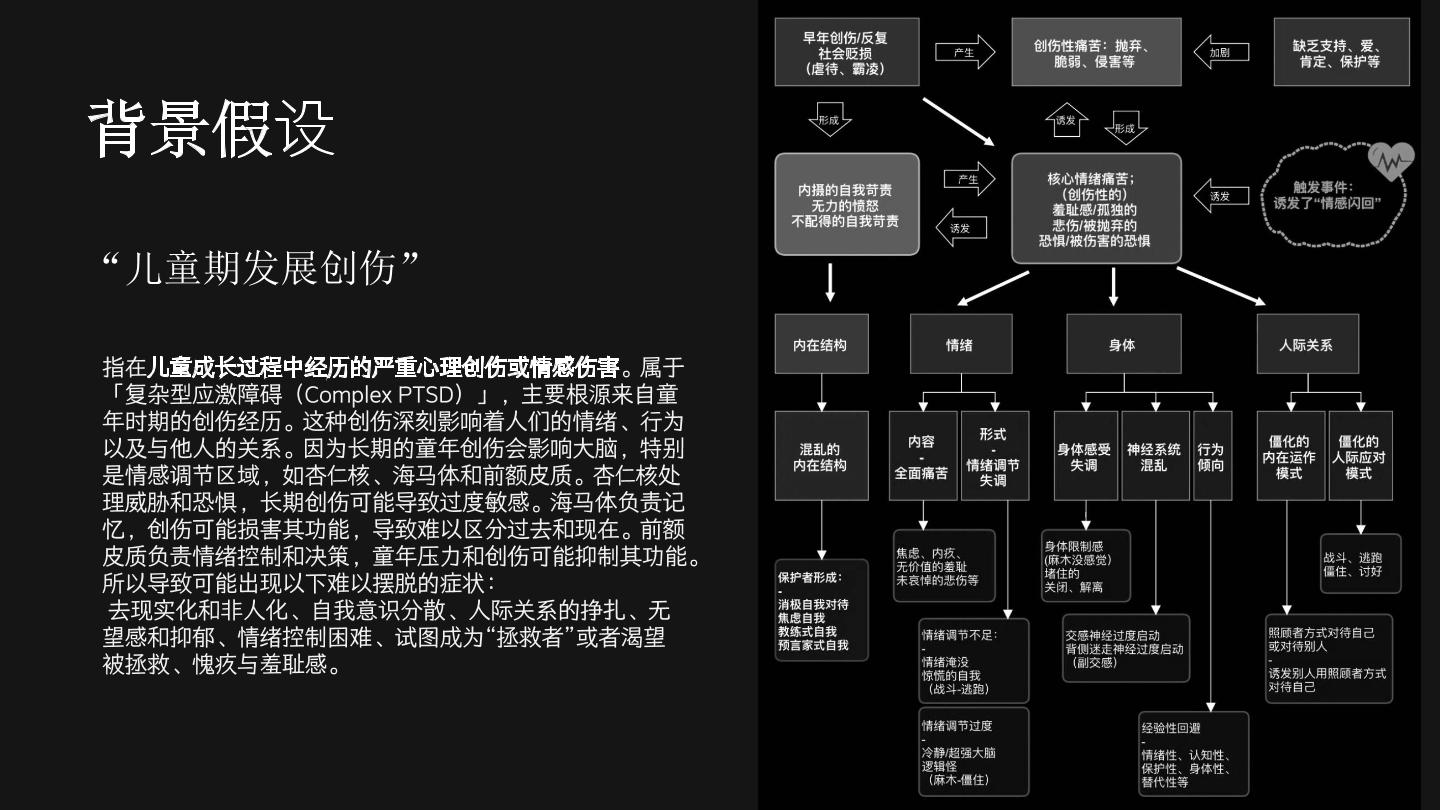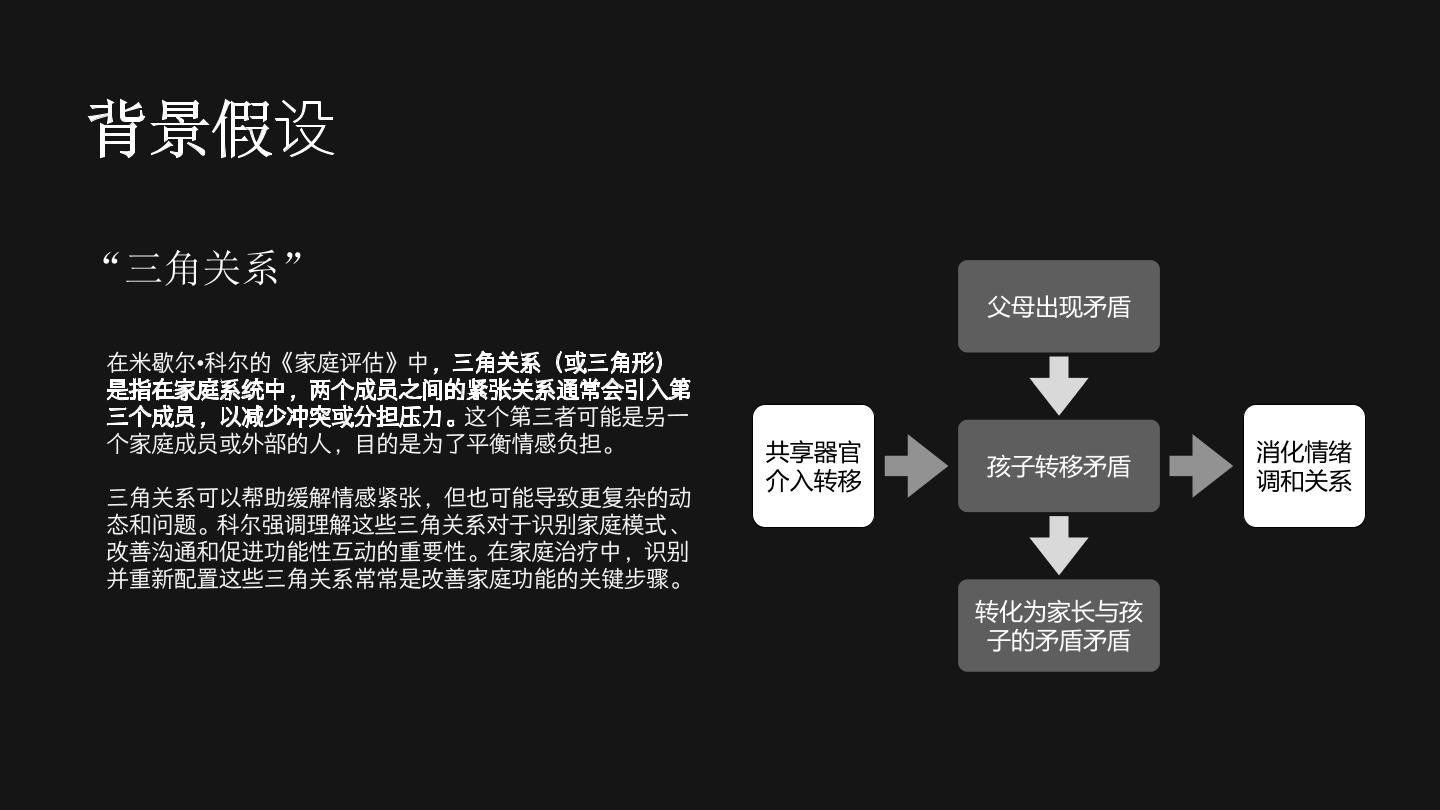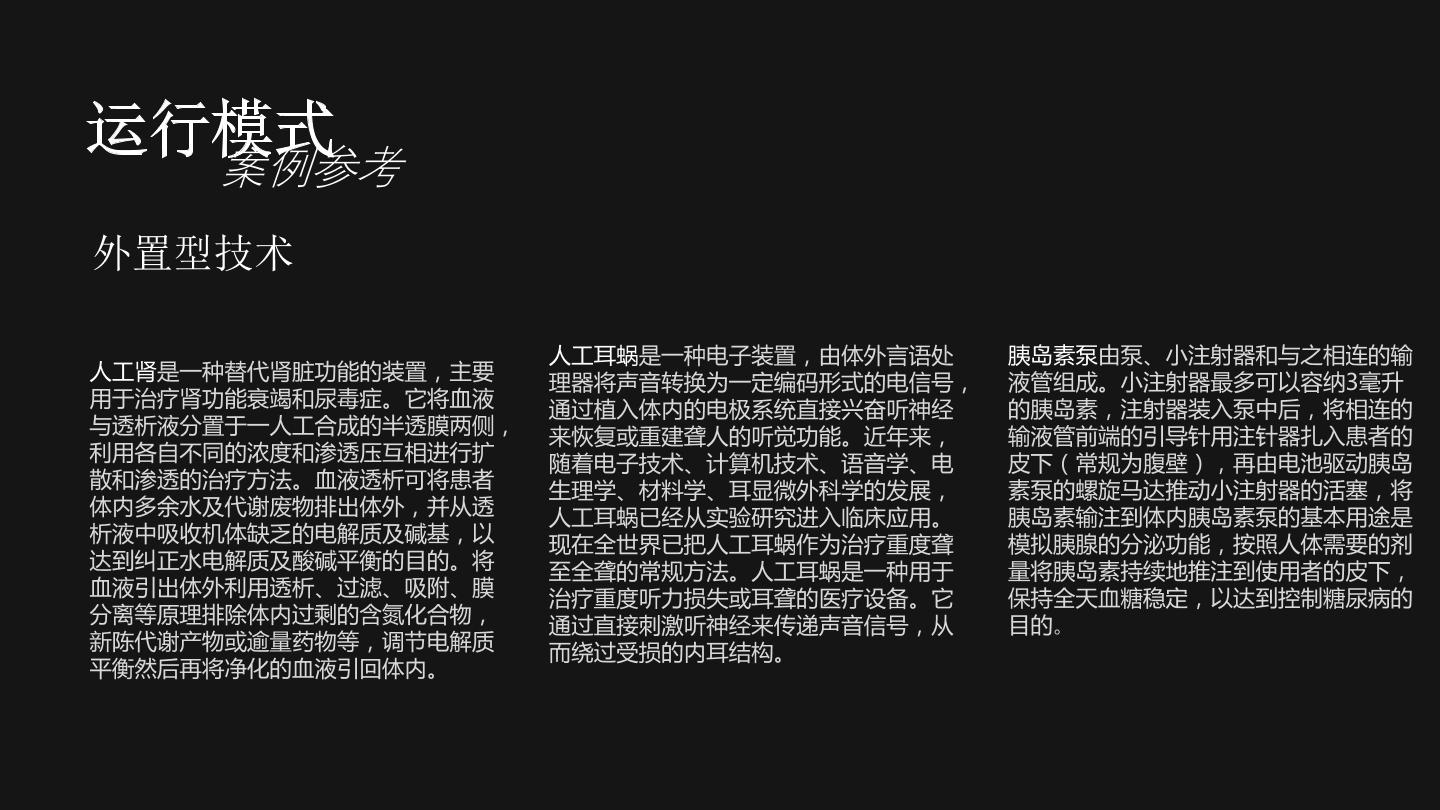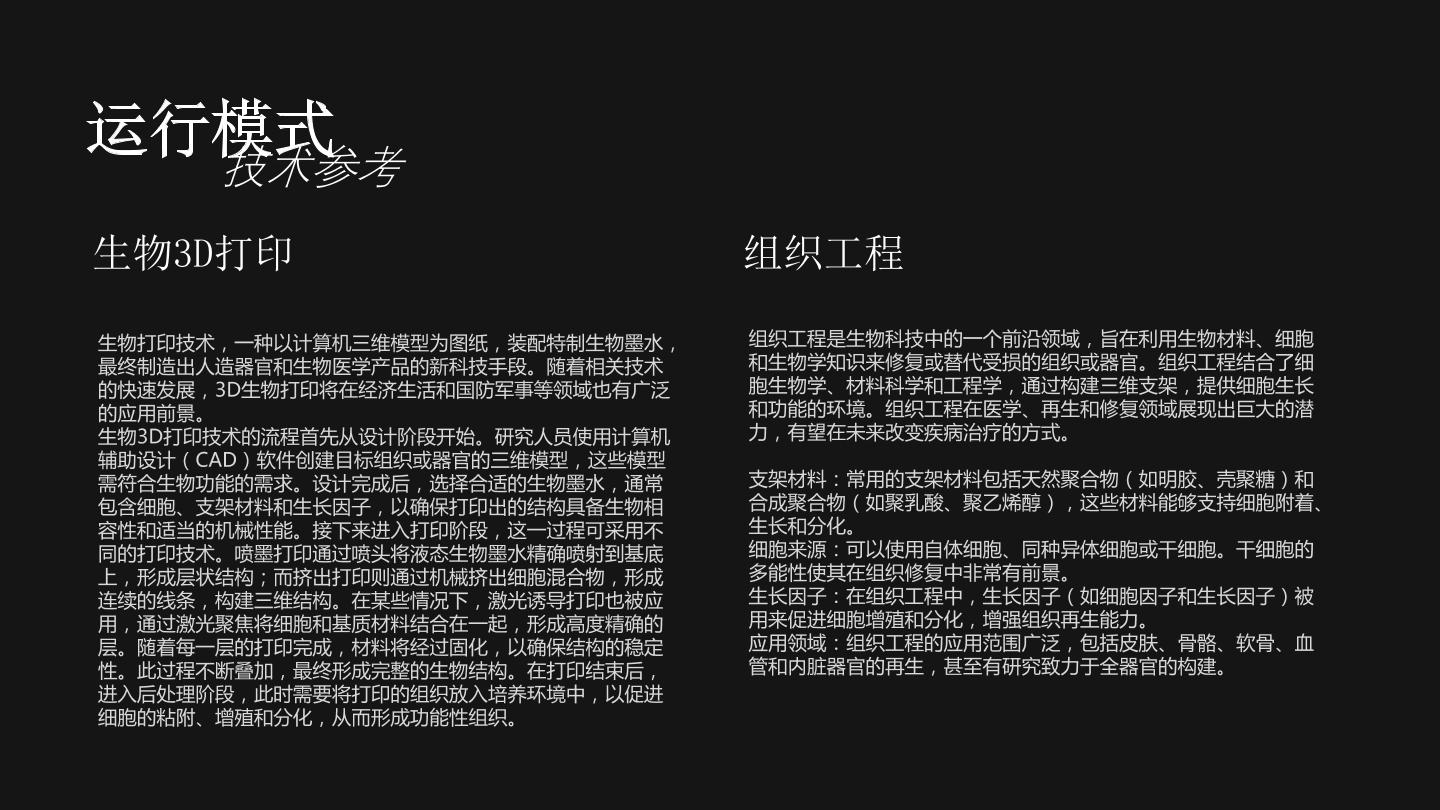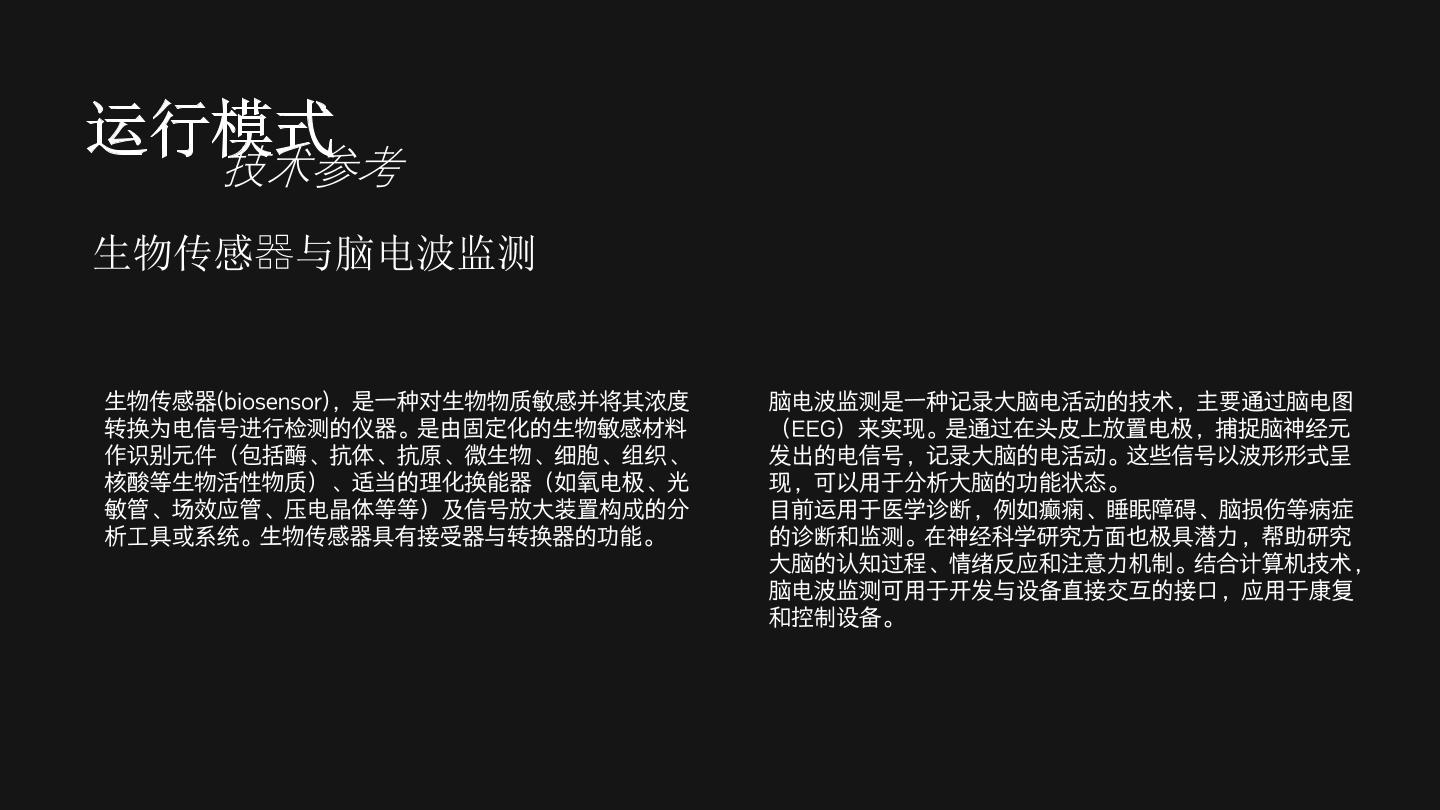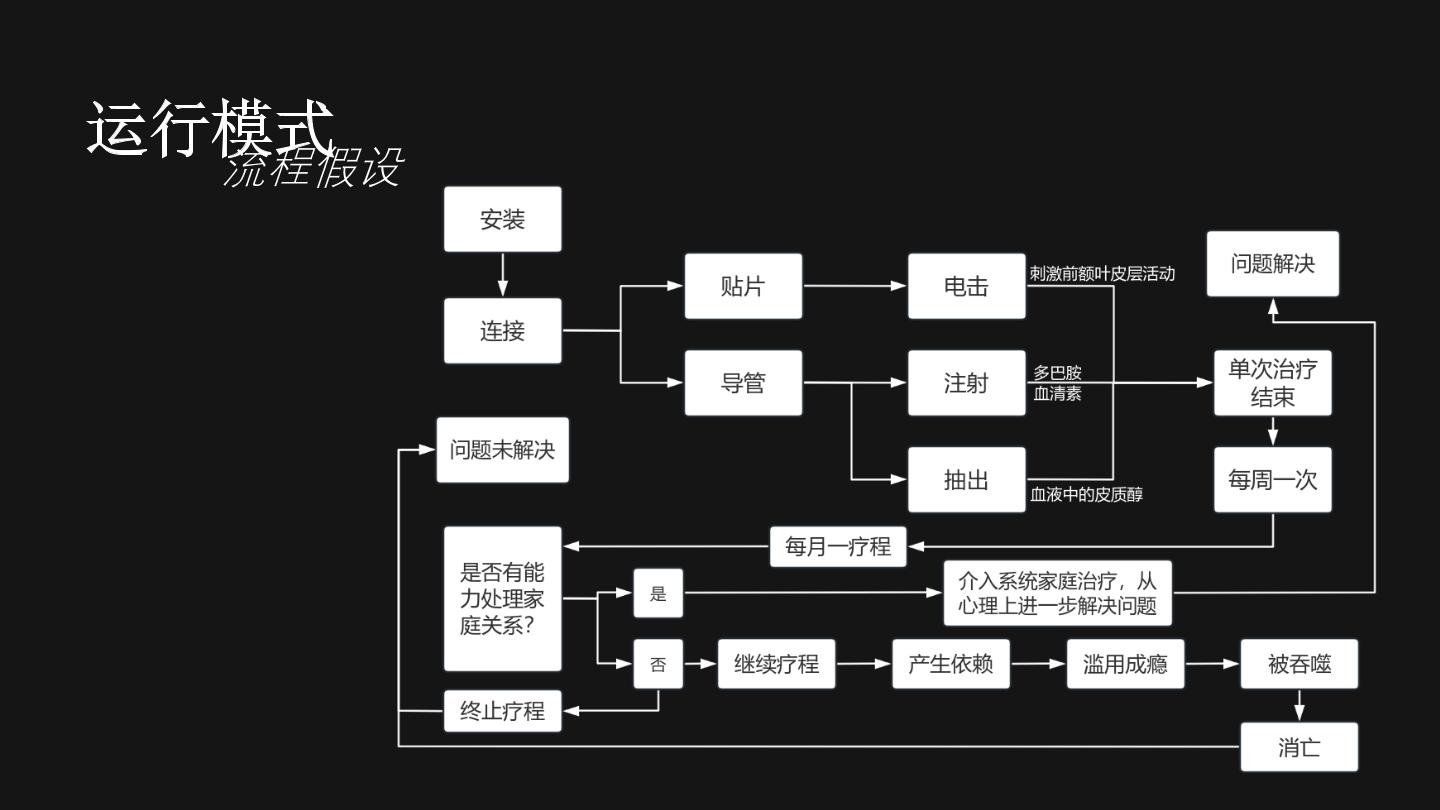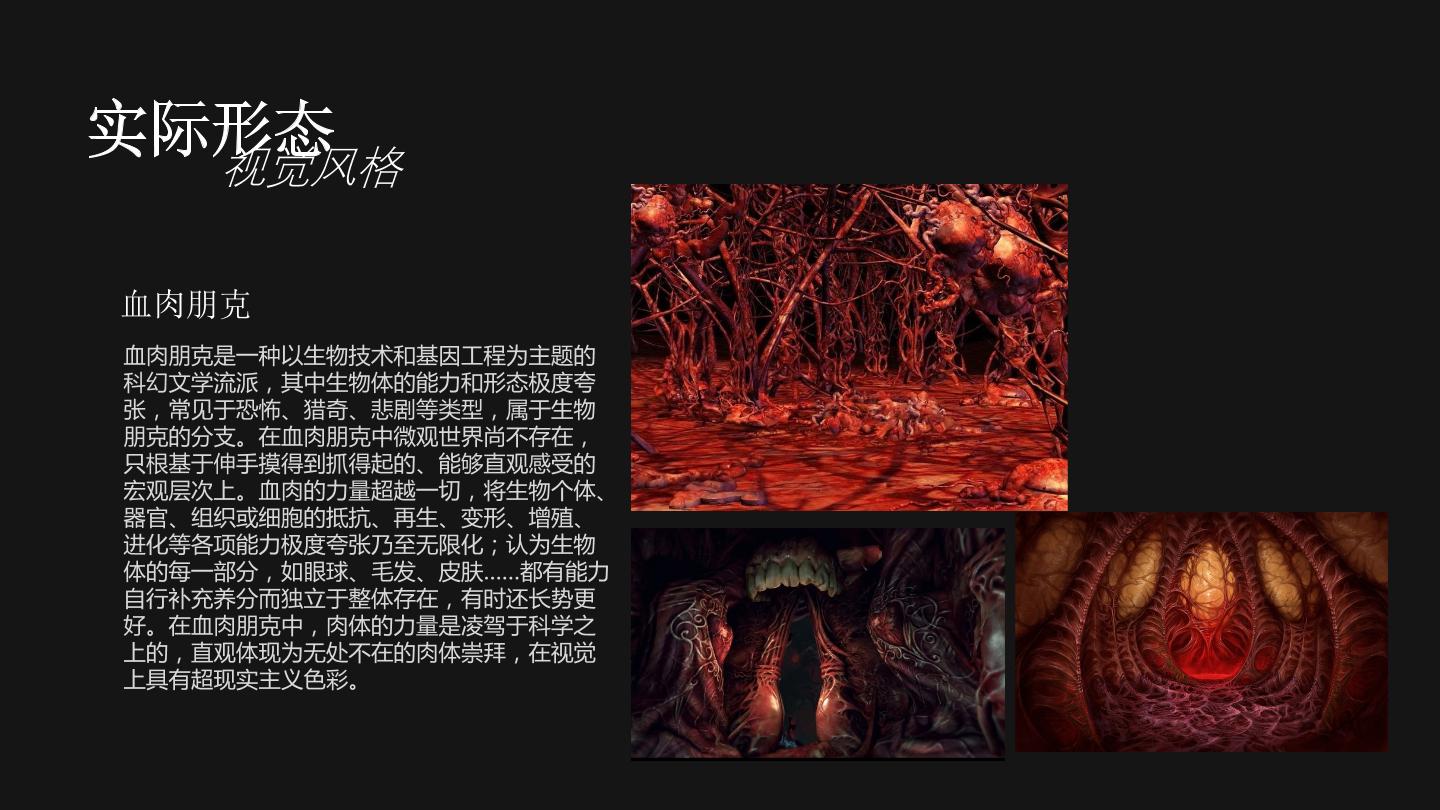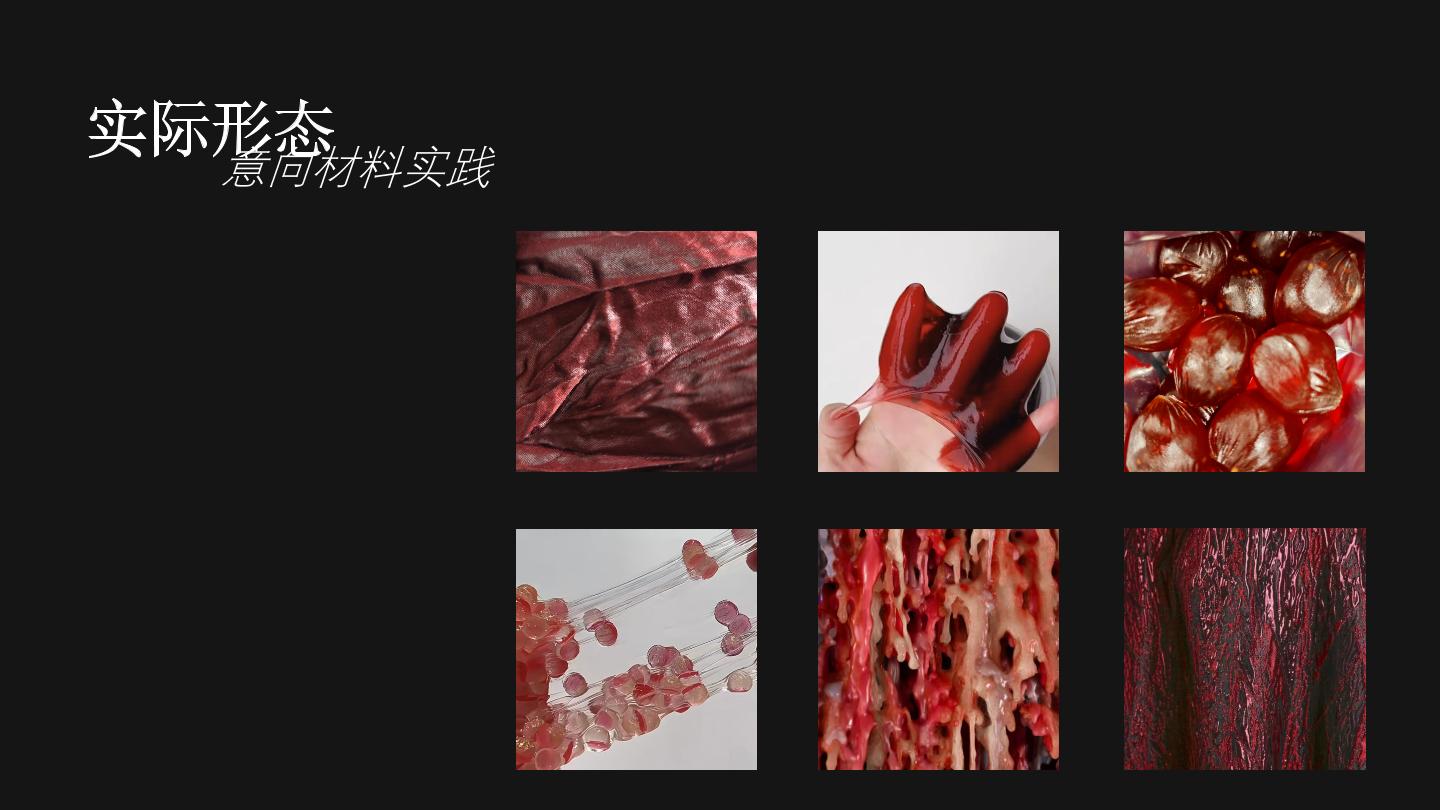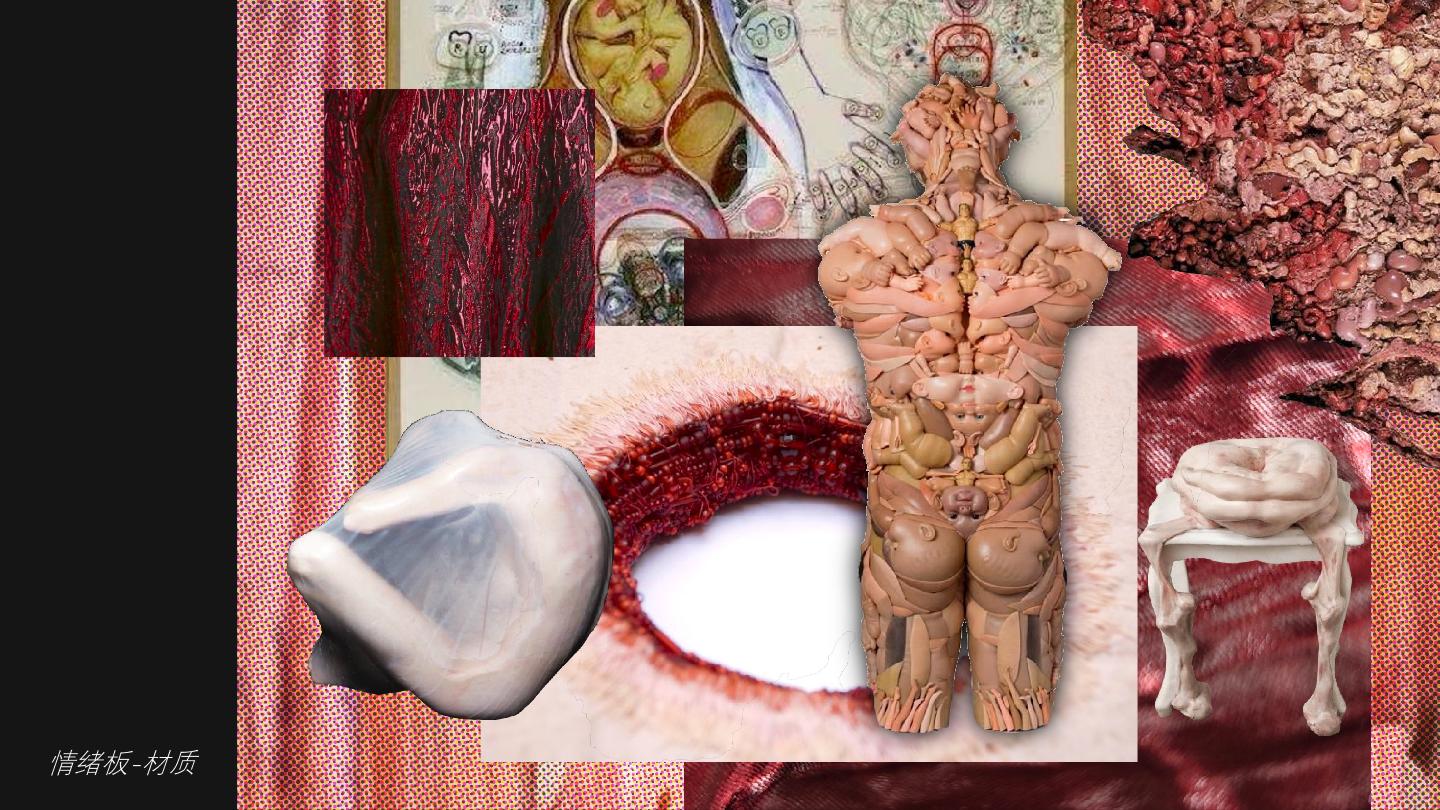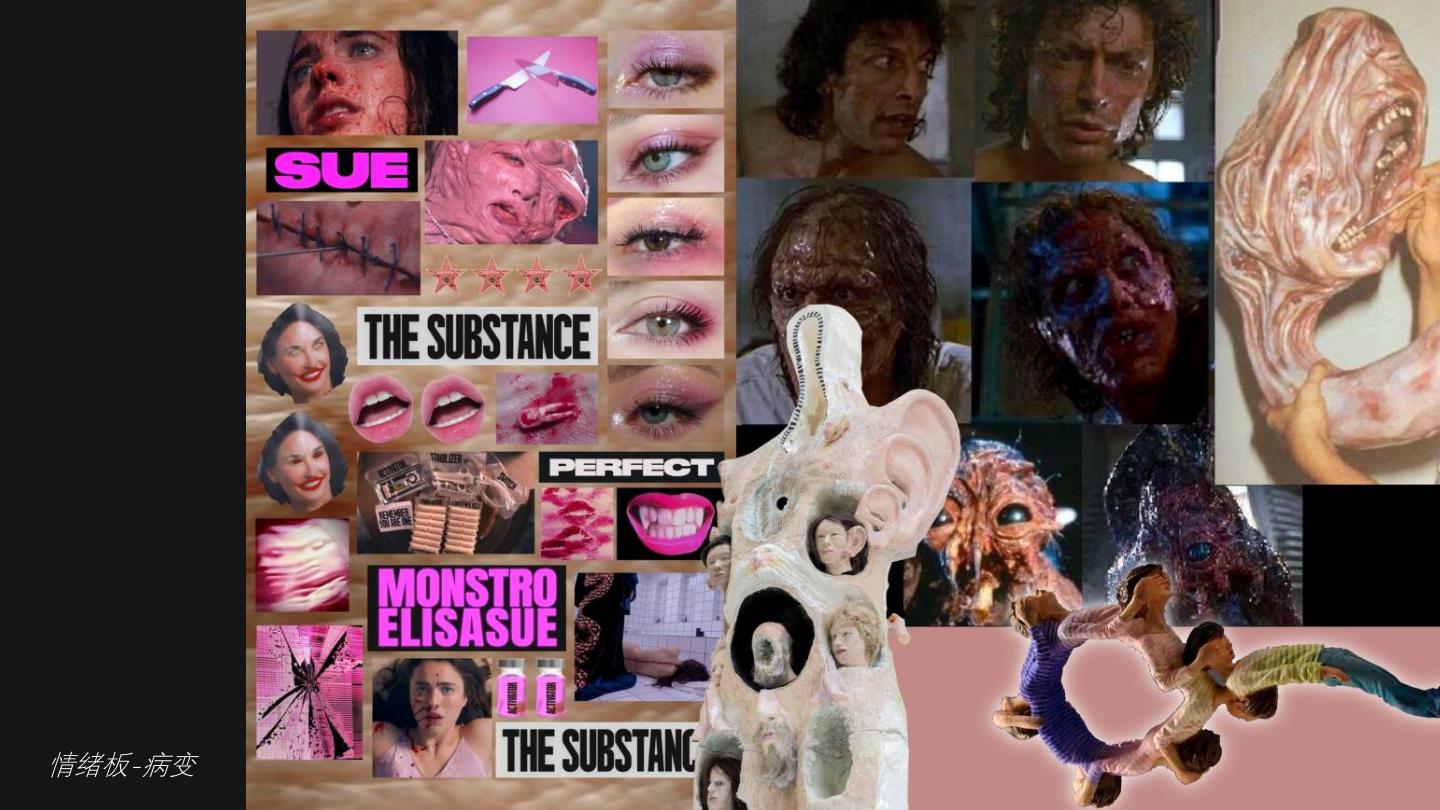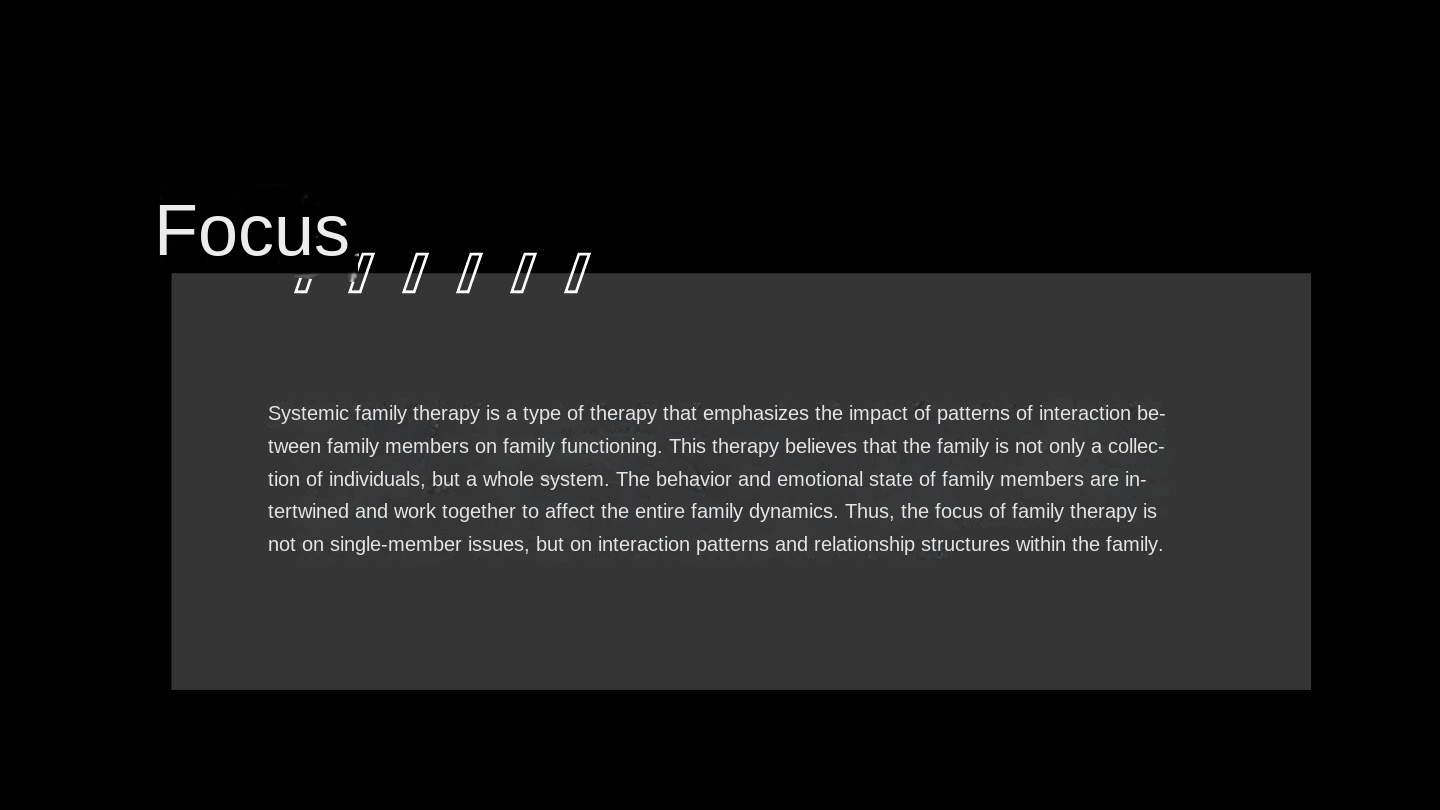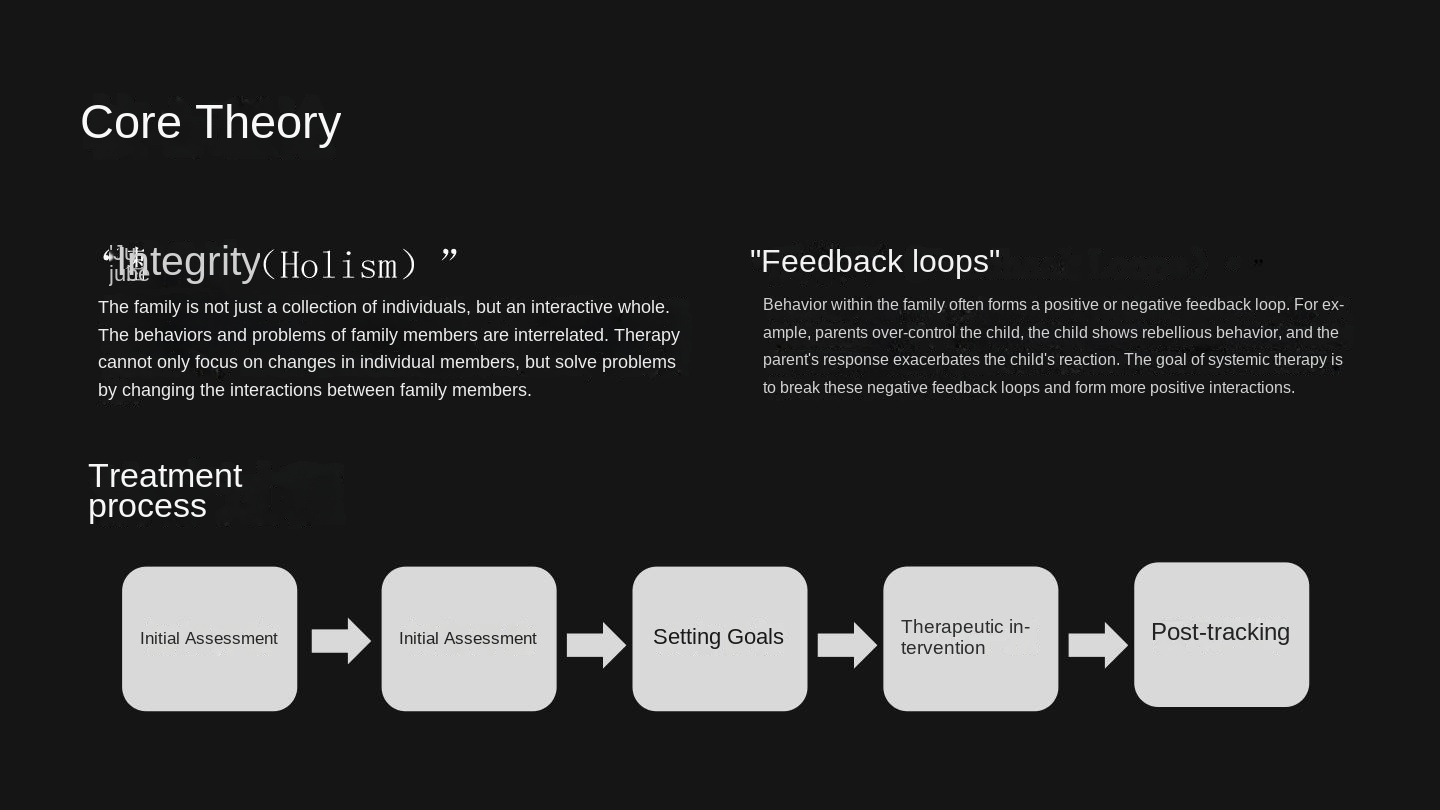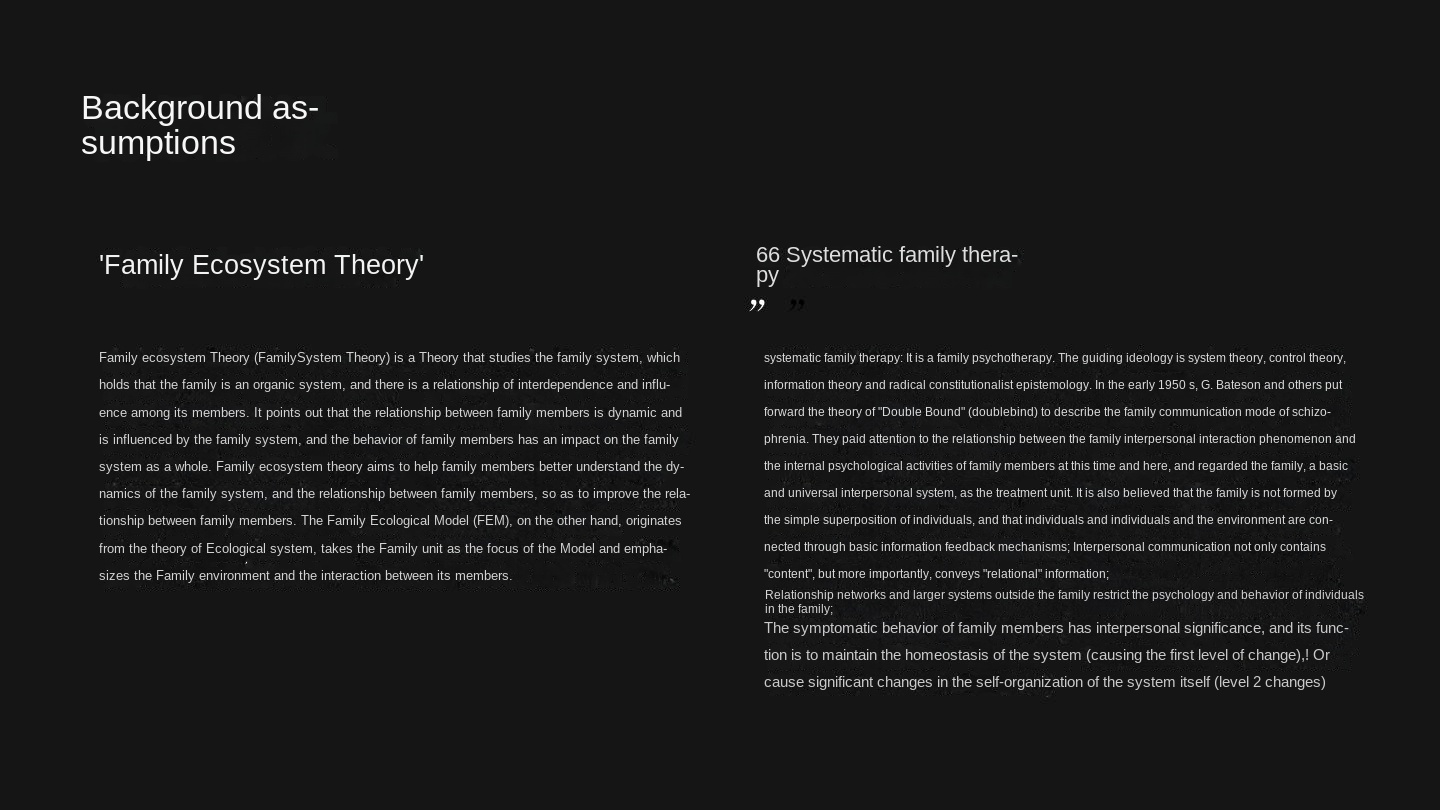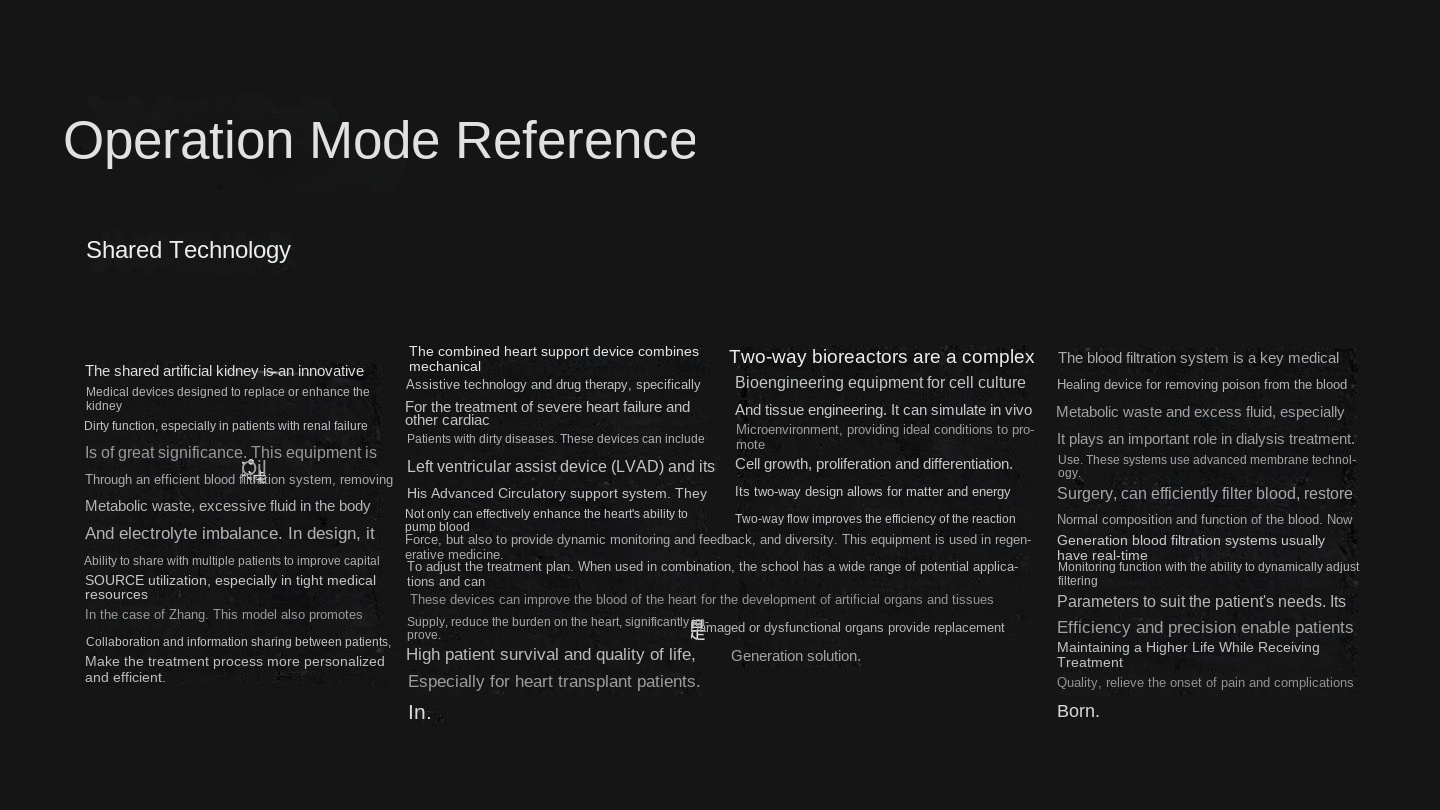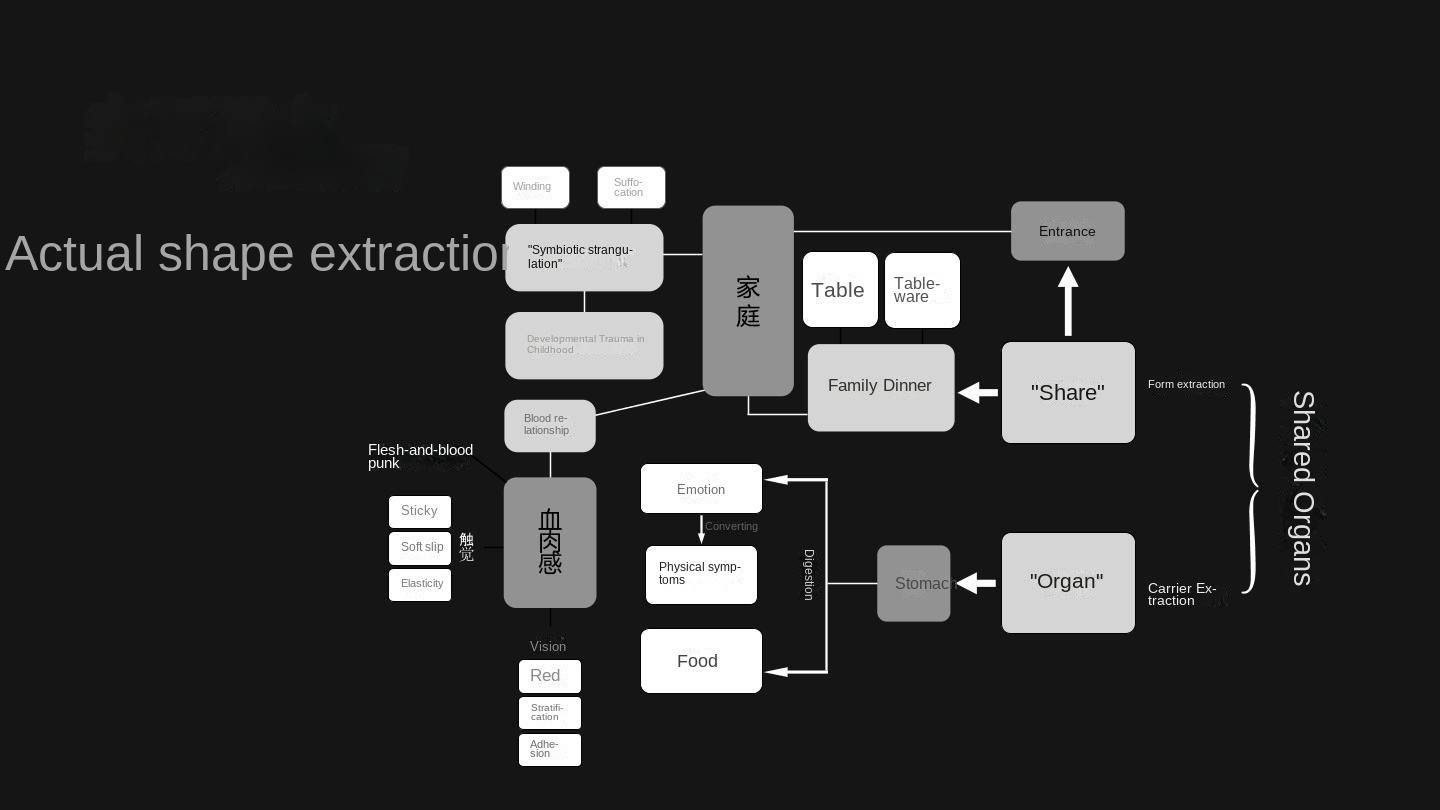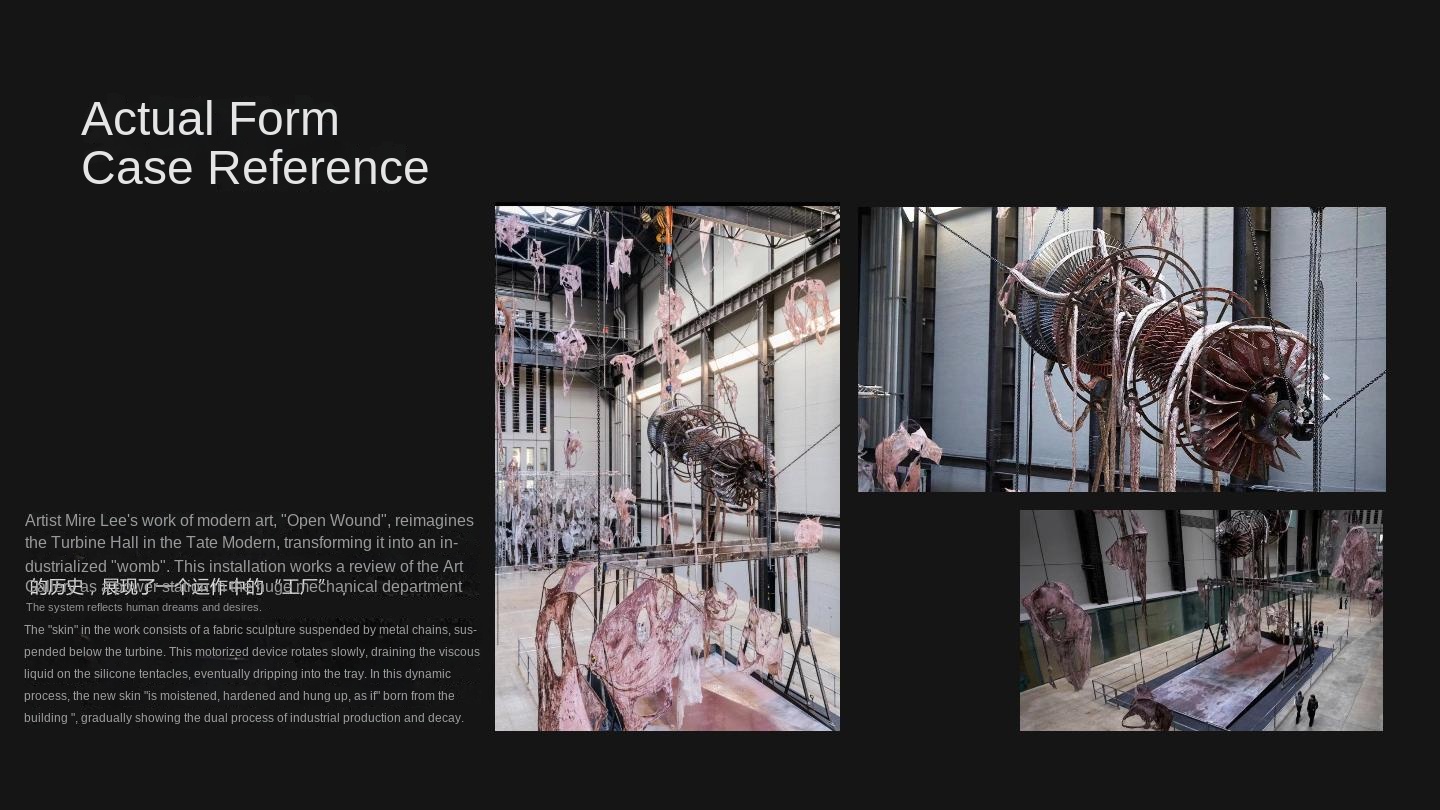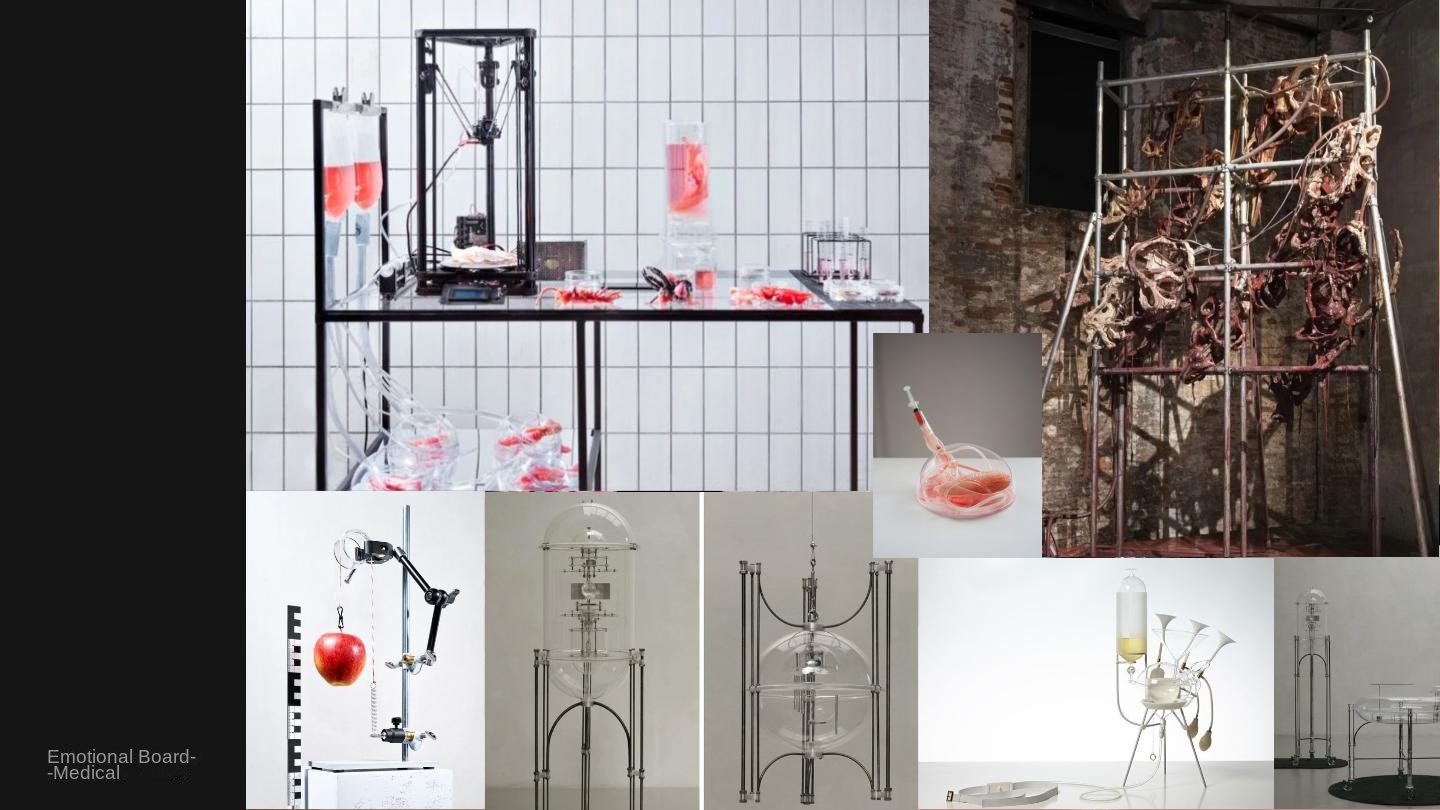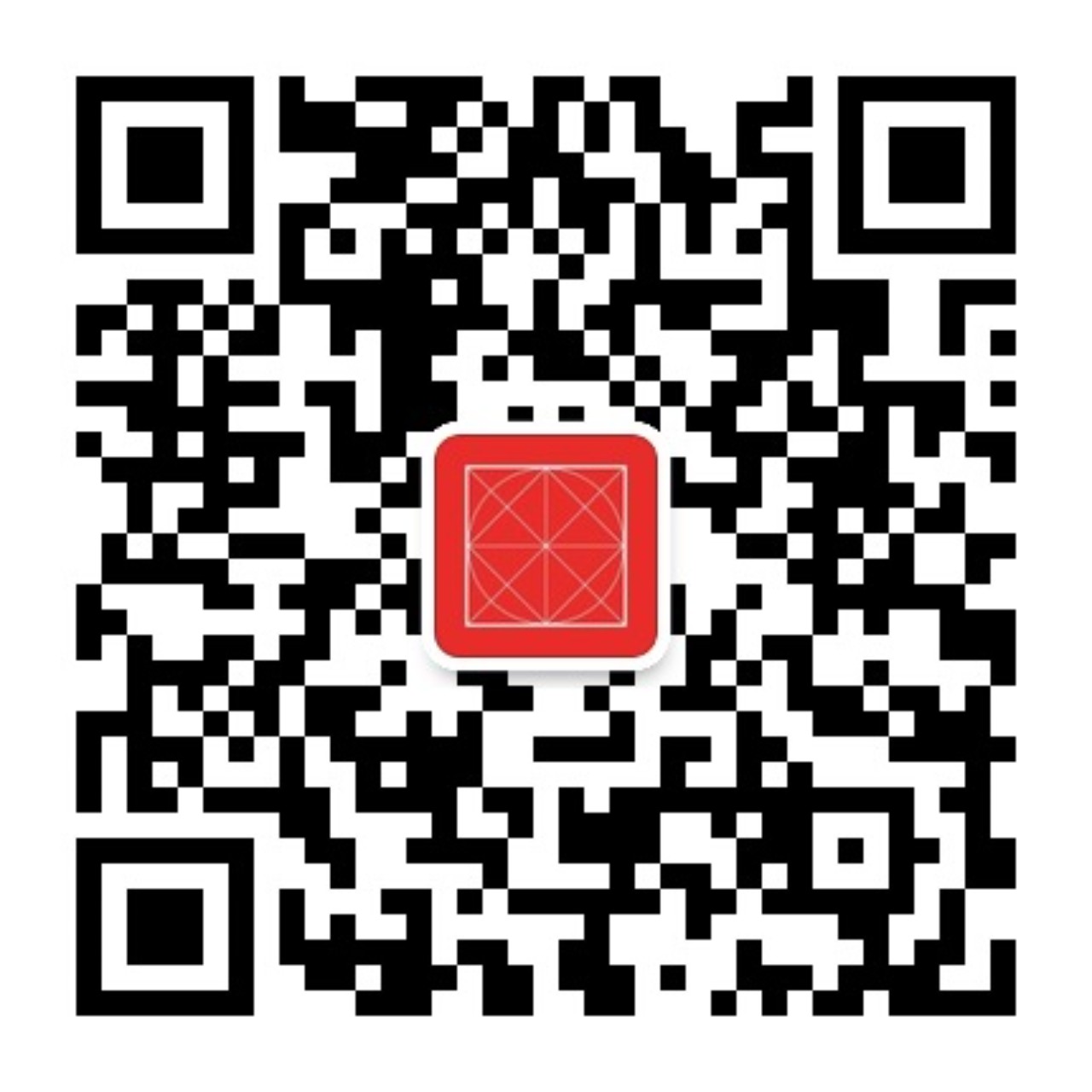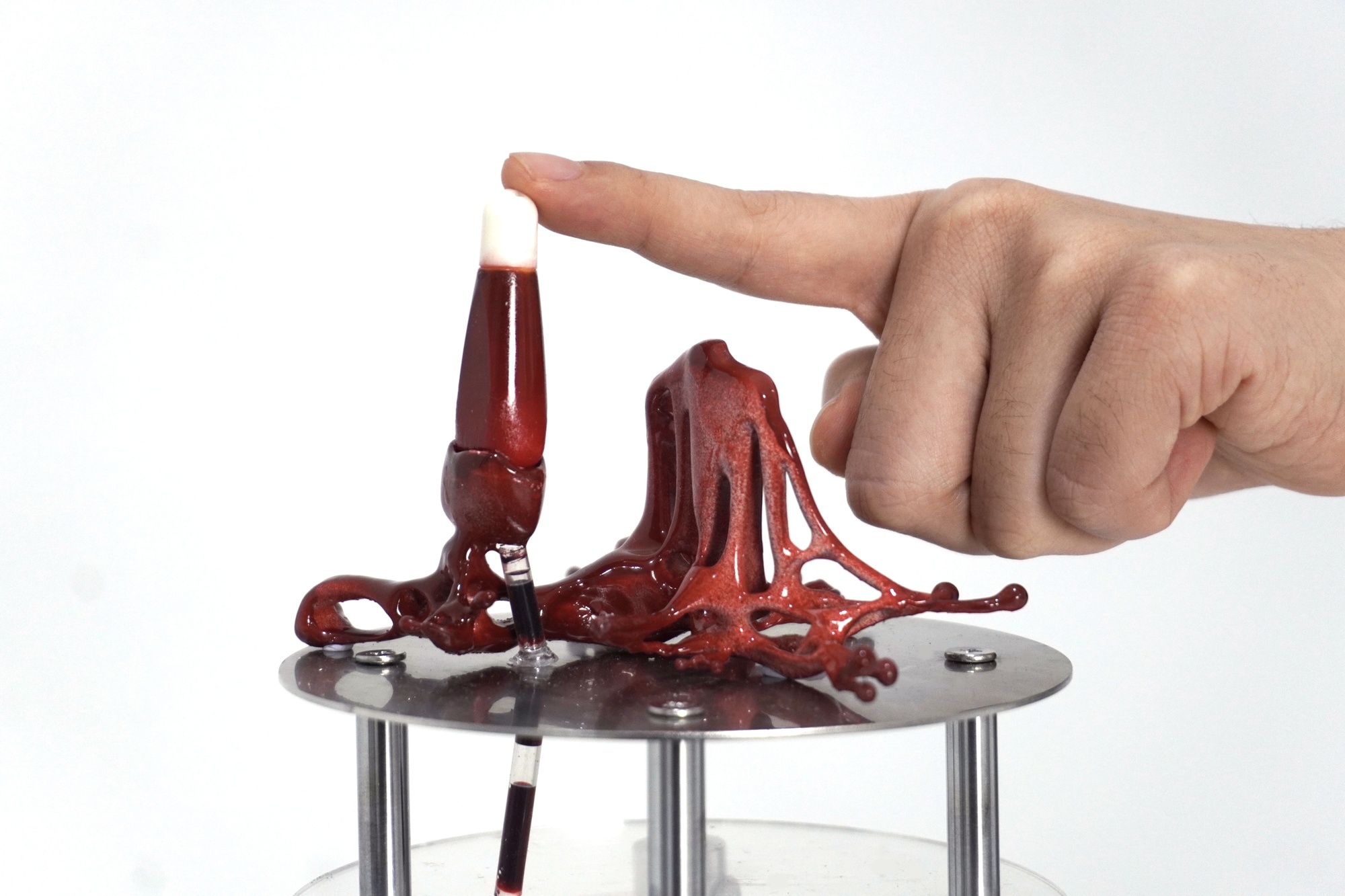
Use Preset
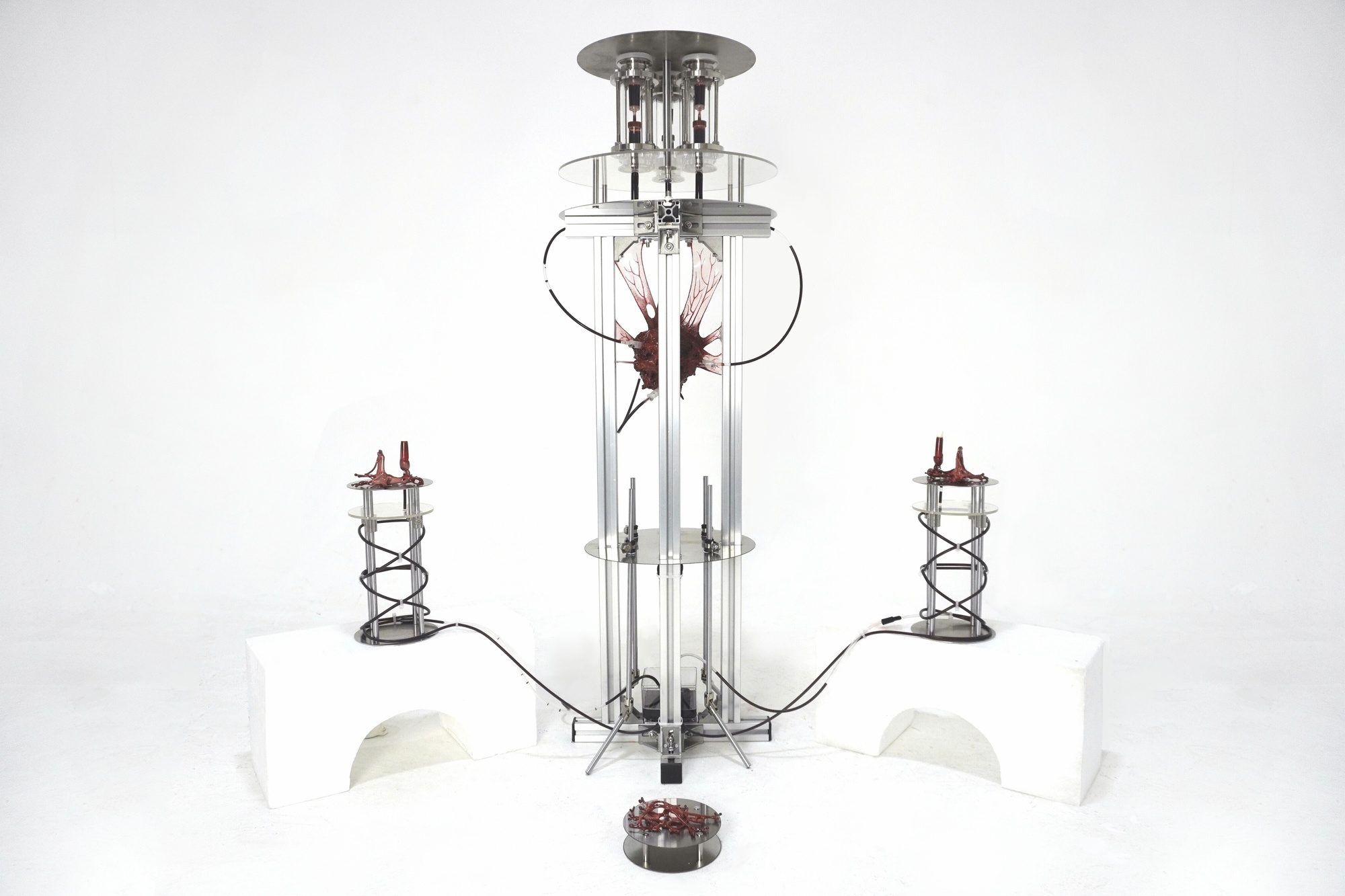
Complete Form

synthetic organ
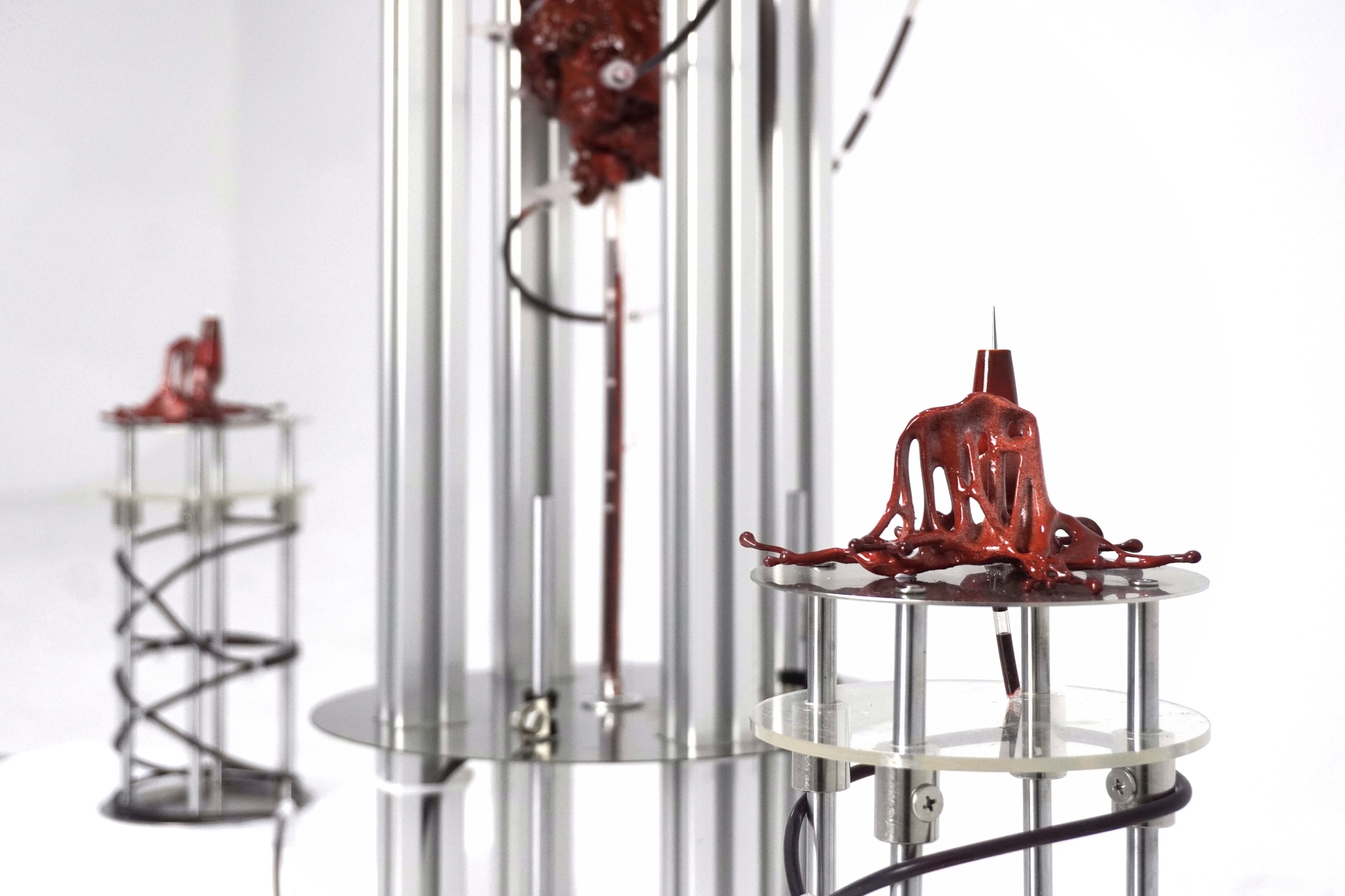
Local 2
Theme Impressions
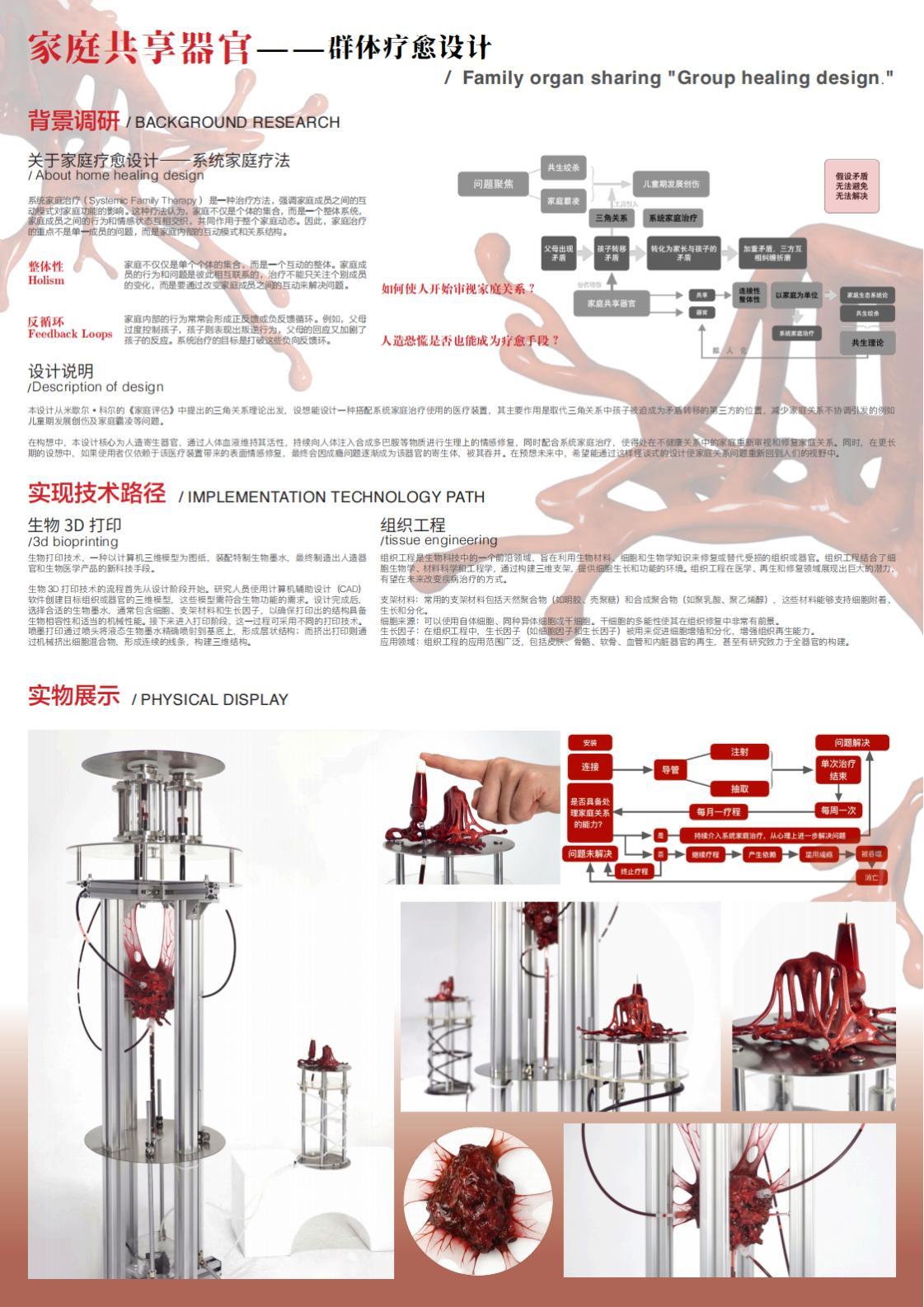
Introduction of exhibition board
Home Healing Design Research Report 1
This design is based on the triangular relationship theory proposed in Michel Cole's "Family Assessment", and envisages the design of a medical device with systematic family therapy. Its main function is to replace the position of the child in the triangular relationship in which the child is forced to become the third party of conflict transfer, and to reduce the problems caused by the uncoordinated family relationship, such as childhood development trauma and family bullying. In the design assumption, biological 3d printing technology and human neurotransmitter system are taken as the entity technology path, and the system family theory and triangular relationship theory are taken as the mode design source. The artificial life of "family sharing organ" is assumed to intervene in the family triangular relationship. At the same time, it is also an anthropomorphic presentation of the system family theory, replacing children as a new third party to intervene in conflict mediation and protecting children from the harm caused by parents' conflicts. In the assumption, the mediation method mainly refers to the current physical therapy for depression treatment. Blood is extracted from shared organs to synthesize neurotransmitters such as dopamine and then injected into the body to adjust the state of contradictory members from the physical level. After professional evaluation, combined with systematic family therapy, the state of contradictory members is continuously adjusted from the spiritual level to finally achieve the mediation of contradictory relations. The consequences of relying solely on the shared organs of the family are described in the simulation run flow chart: in the long-term dependence on addiction, all members will become the host of the creature, and eventually be swallowed by it, becoming a chaotic and unconscious huge chimera, always together, never separated. This part of the idea mainly explores the possibility of the combination of physical terror and family healing. At the same time, in anticipation of the future, I hope that through this fable and strange design, the problem of family relationship can be returned to people's vision.
At the beginning of this creation, I conducted in-depth interviews with the family experiences of many peers, and conducted a comparative analysis based on my own growth experience, which formed the core research question: Is it possible to avoid the negative impact of family conflicts on minors? How to promote the healing of this kind of psychological trauma through the intervention mechanism? Under this framework of thinking, I further contacted and studied the body horror and simulated strange talk works, which were used as the medium of perception experiment, and tried to construct a new exploration path at the intersection of psychology, futurology and narrative design. Finally, under the support of future simulation and technical path deduction, I constructed a set of future medical device system in the subsequent iterative exploration, as a critical intervention and artistic expression of the parent-child relationship of contemporary local families.
Tang Shiyang, born in 2003, is an exploratory semi-artist currently studying at the China Academy of Art. At present, the main creation involves installation art, illustration creation, comprehensive design, etc. The creation is based on the observation and critical reflection of the linear development model of the contemporary local family, and explores the potential intervention of psychology in the evolution of the future model of the local family with the help of the cross-practice of speculative design and installation art. Through the deconstruction and reconstruction of real emotional experience, this study attempts to transform individual subjective feelings into an artistic exploration path, aiming to construct a perception mode with psychological experience as the core, so as to expand the understanding of family structure and its social and cultural influence.
